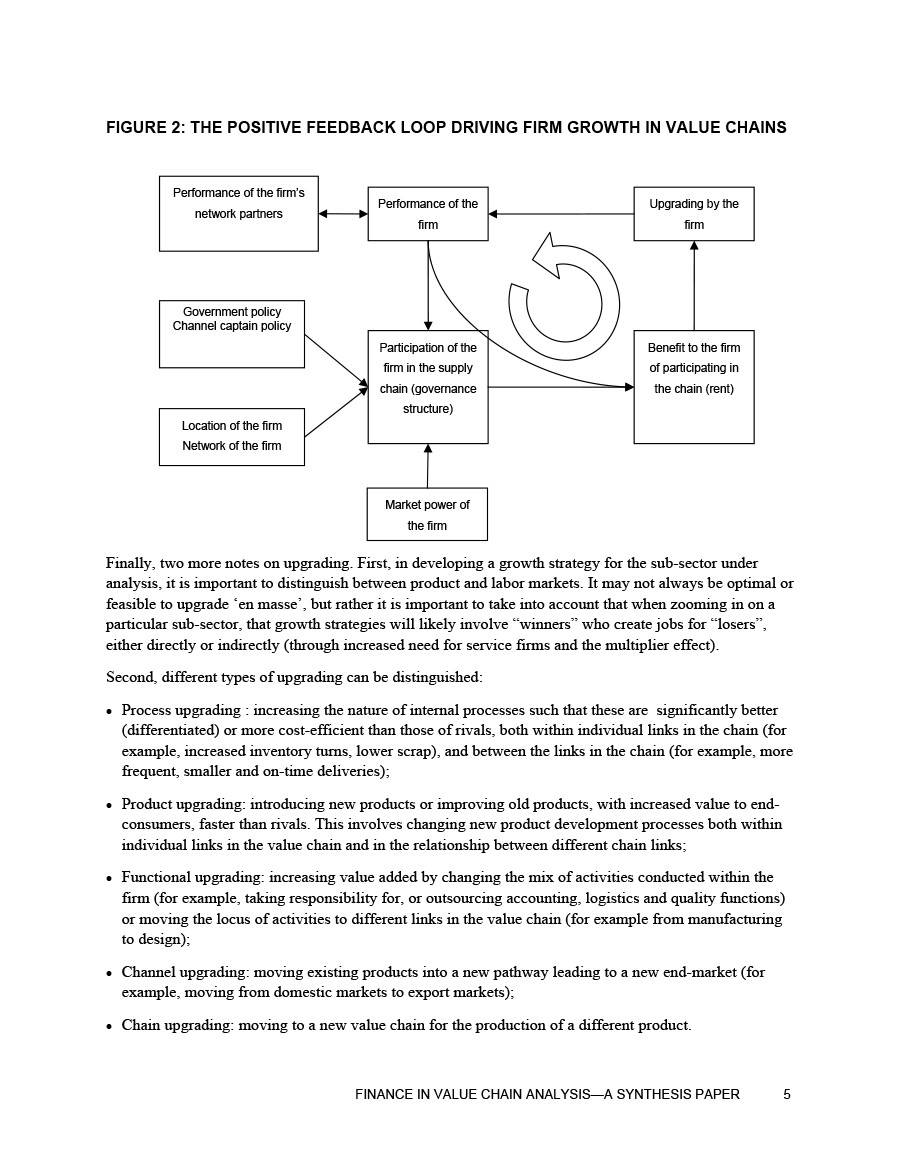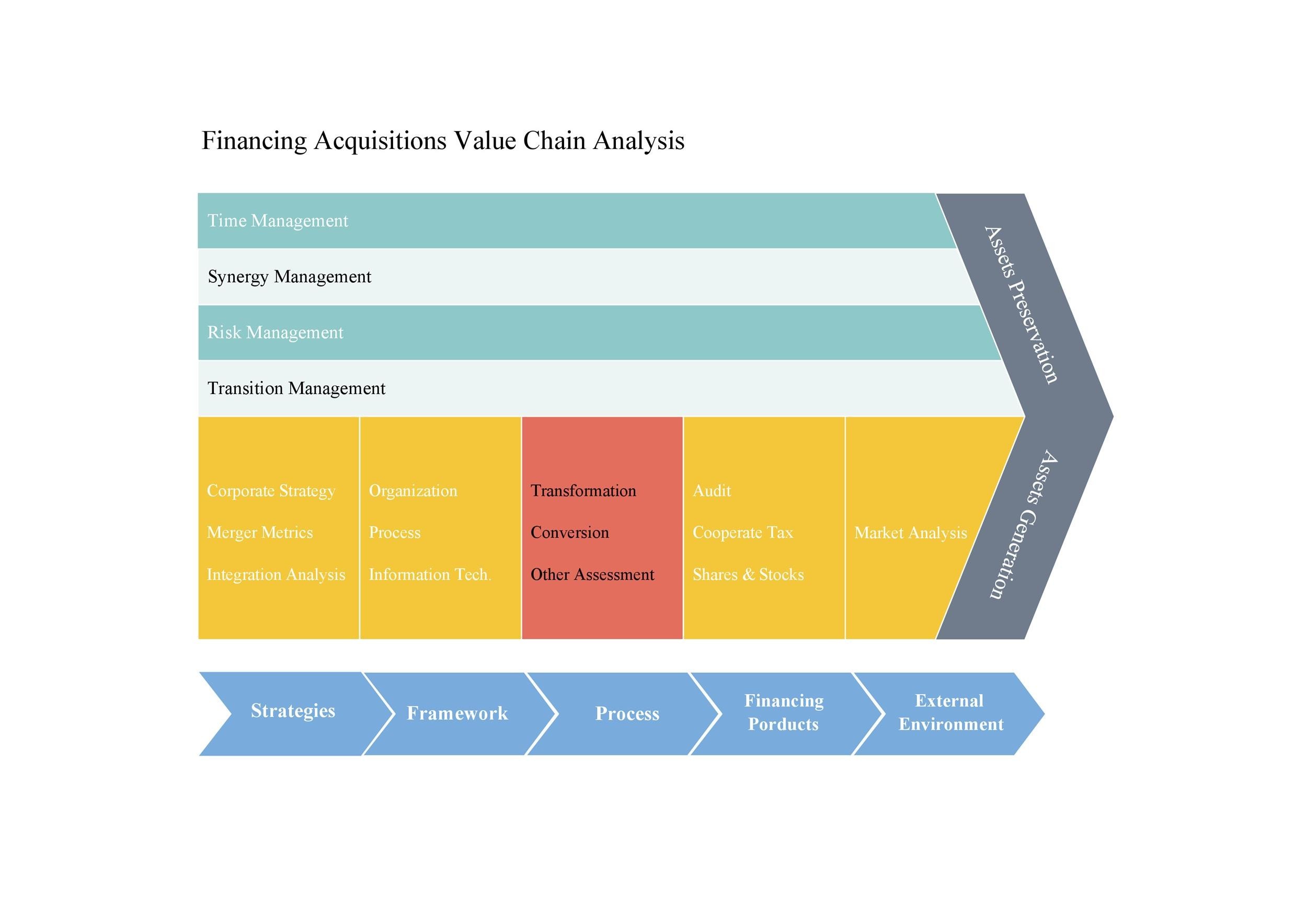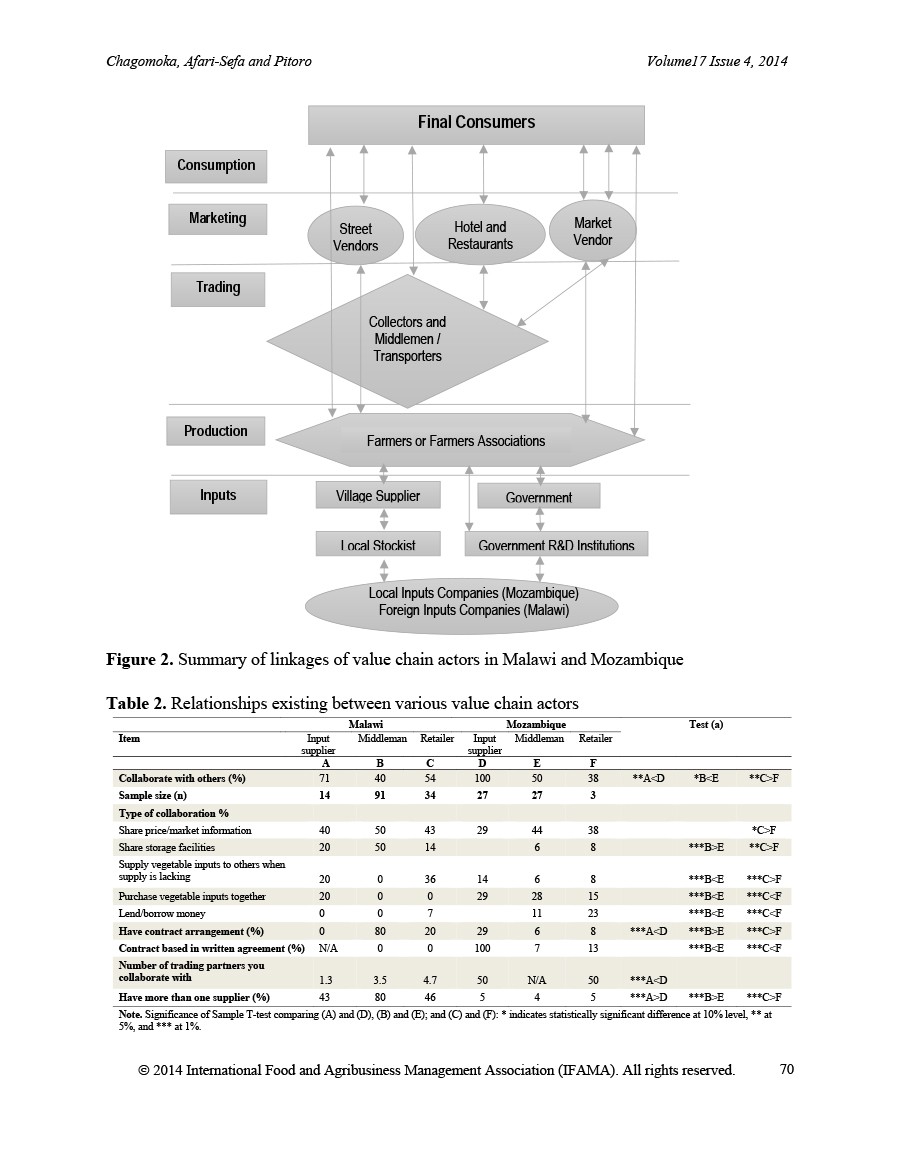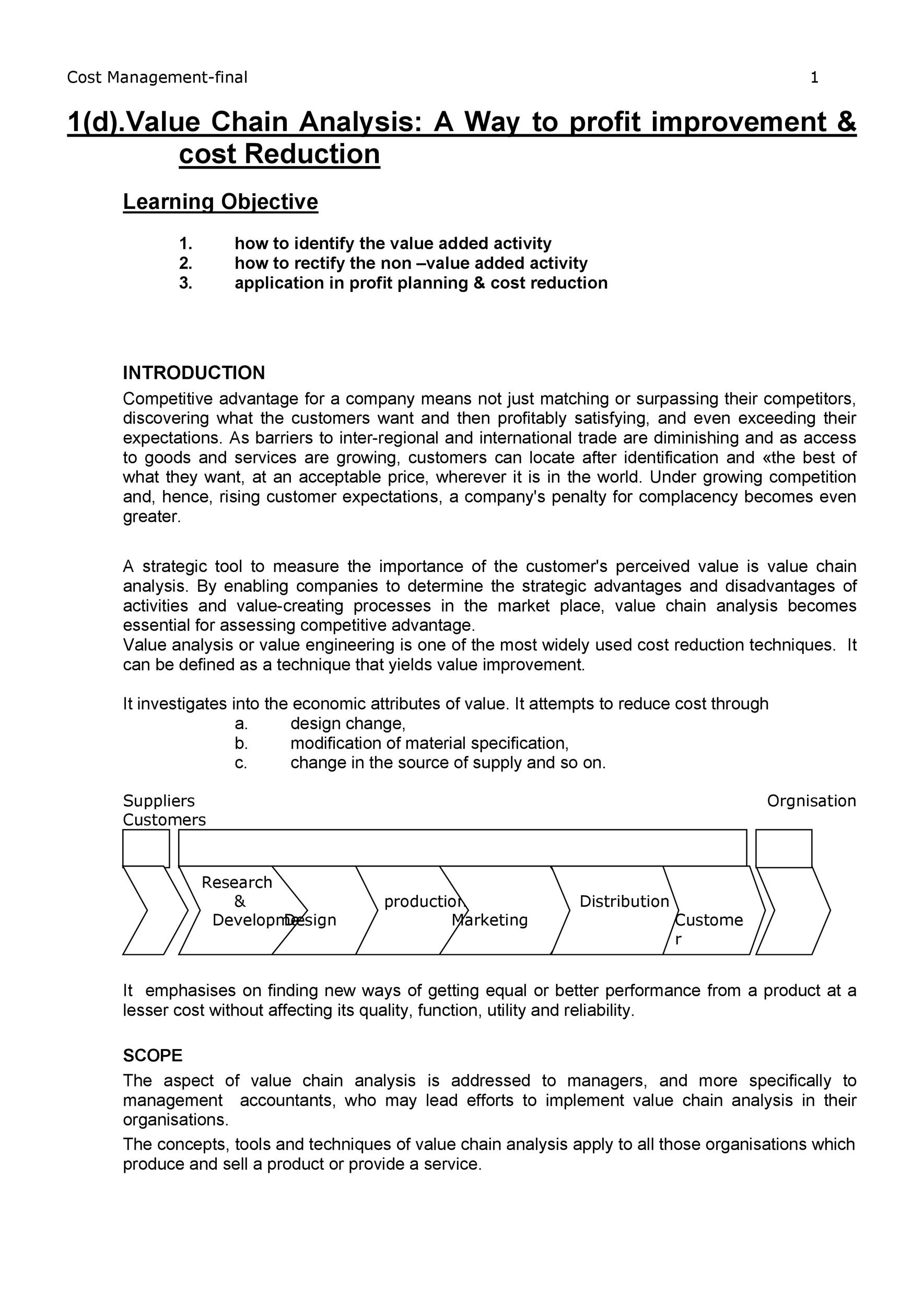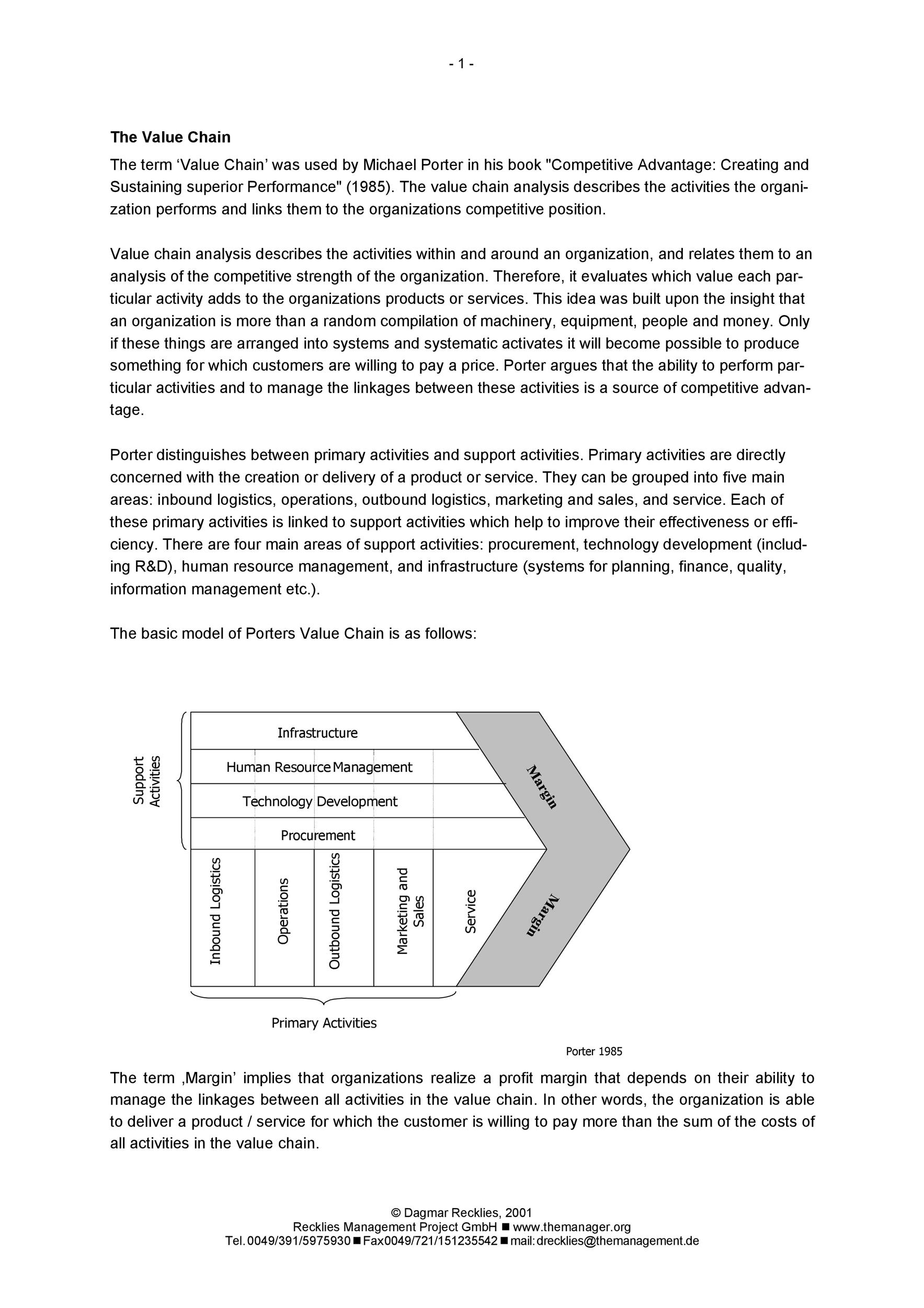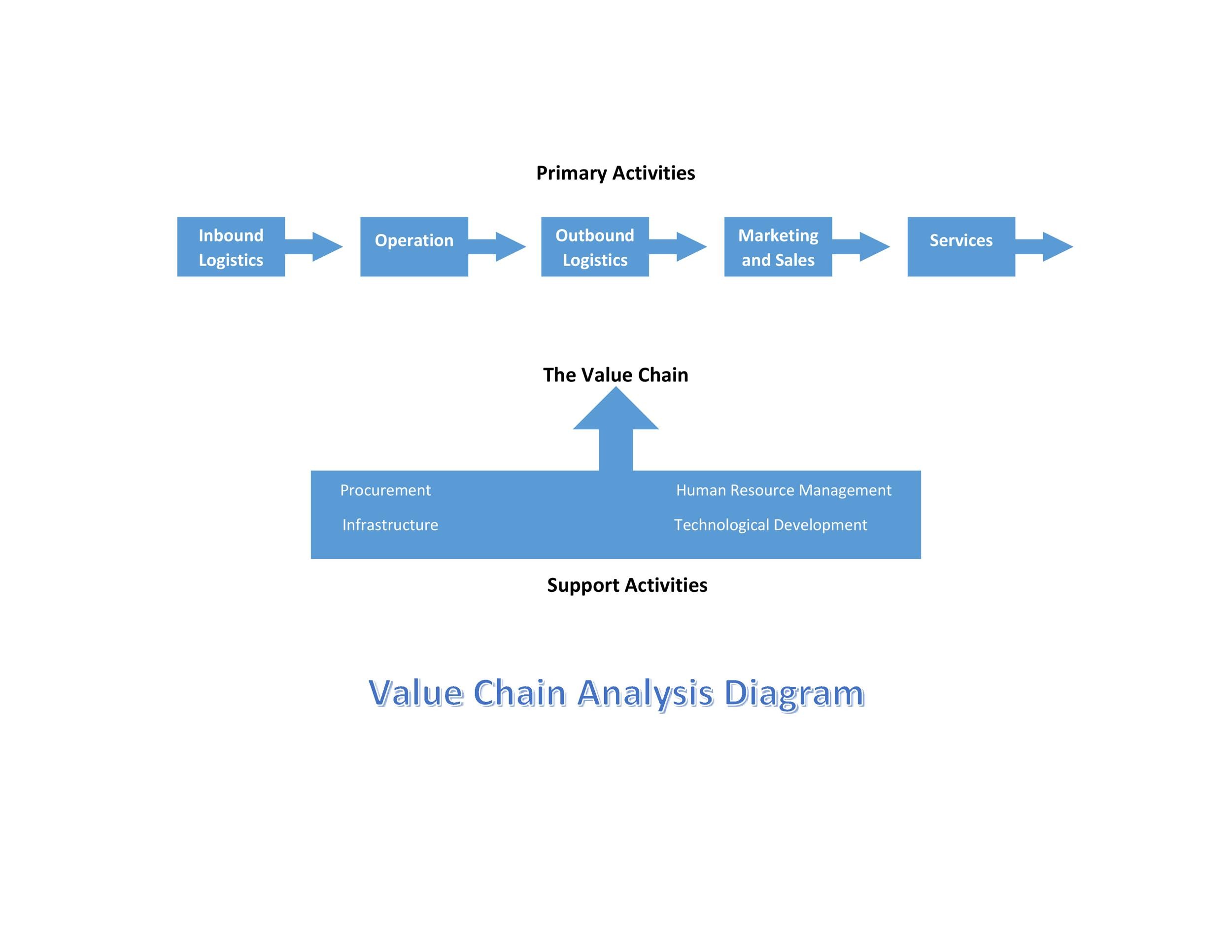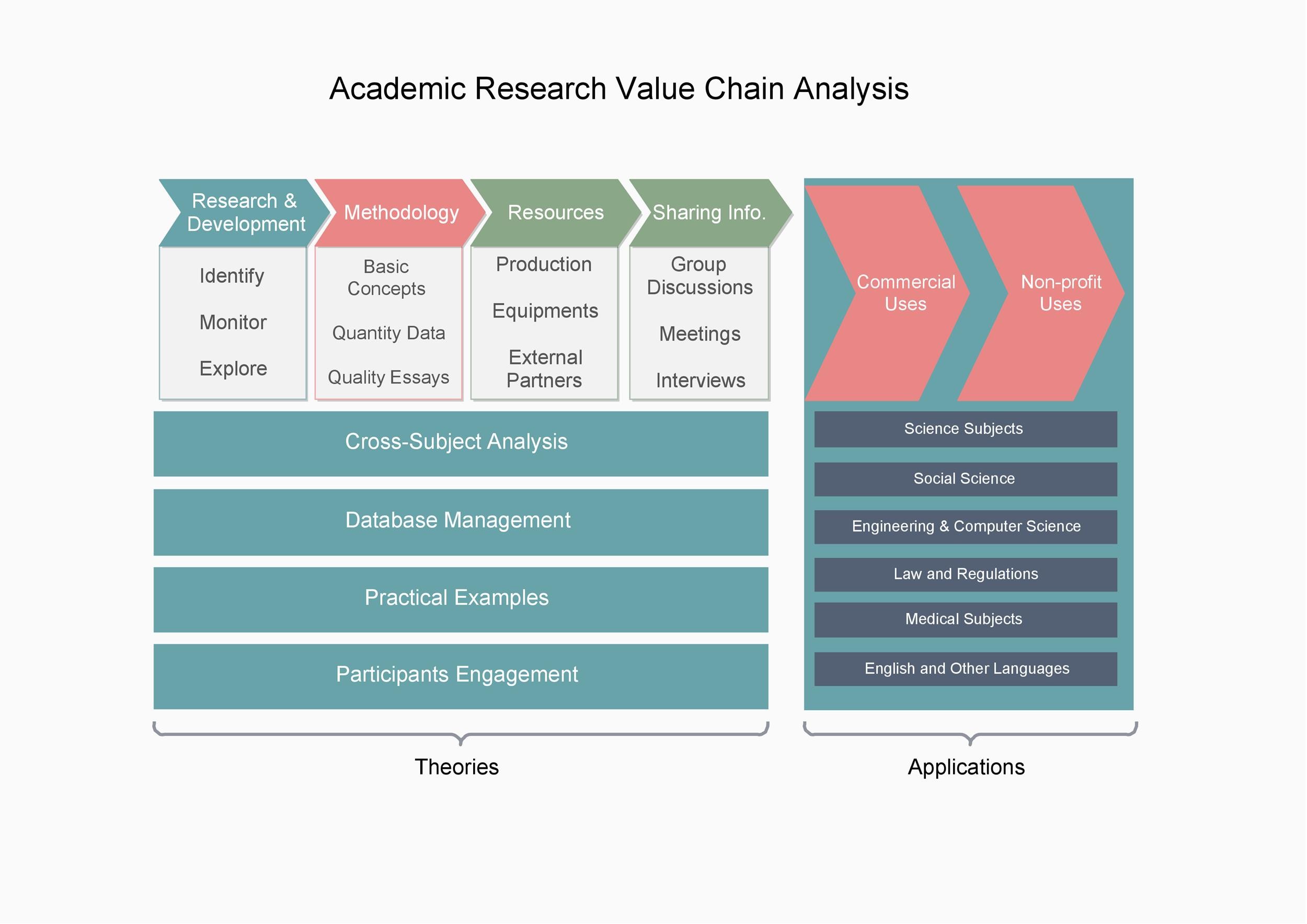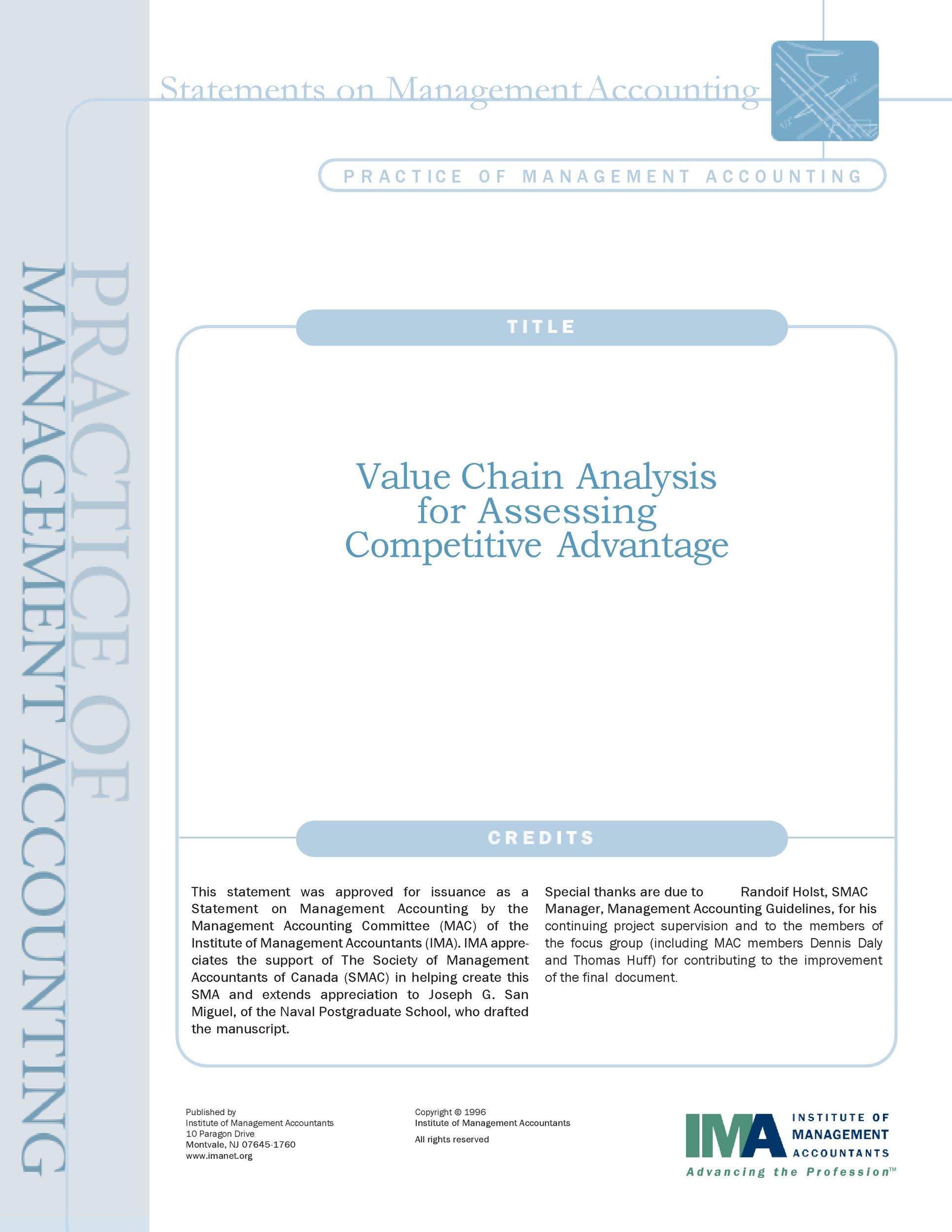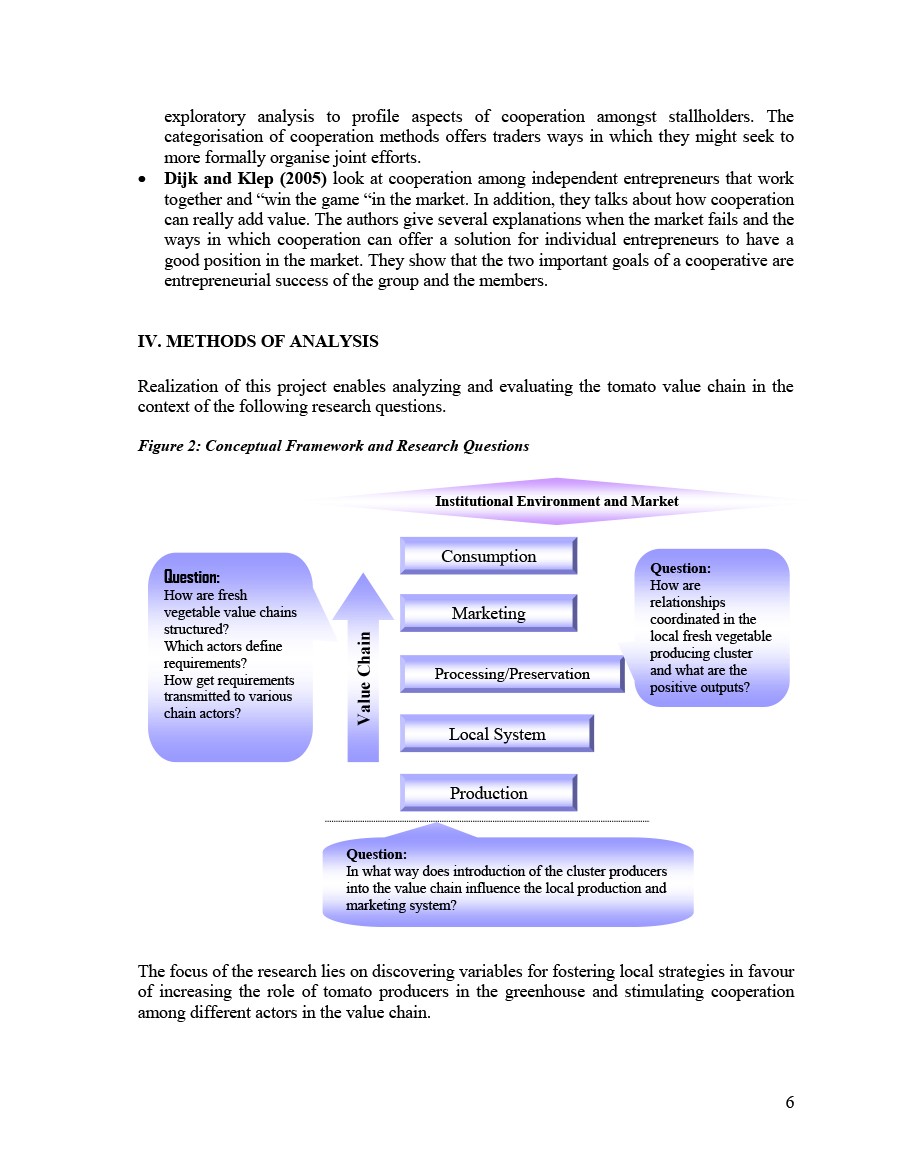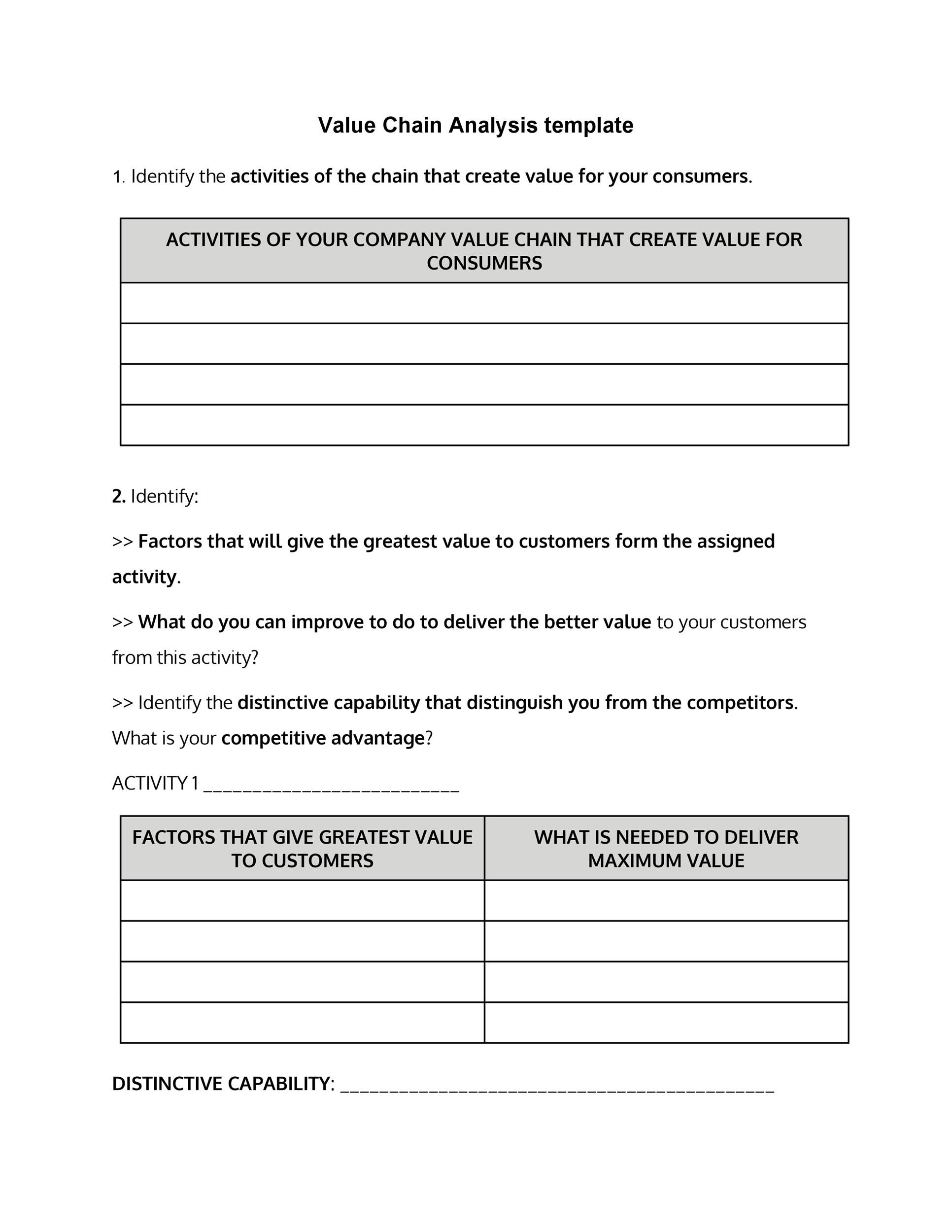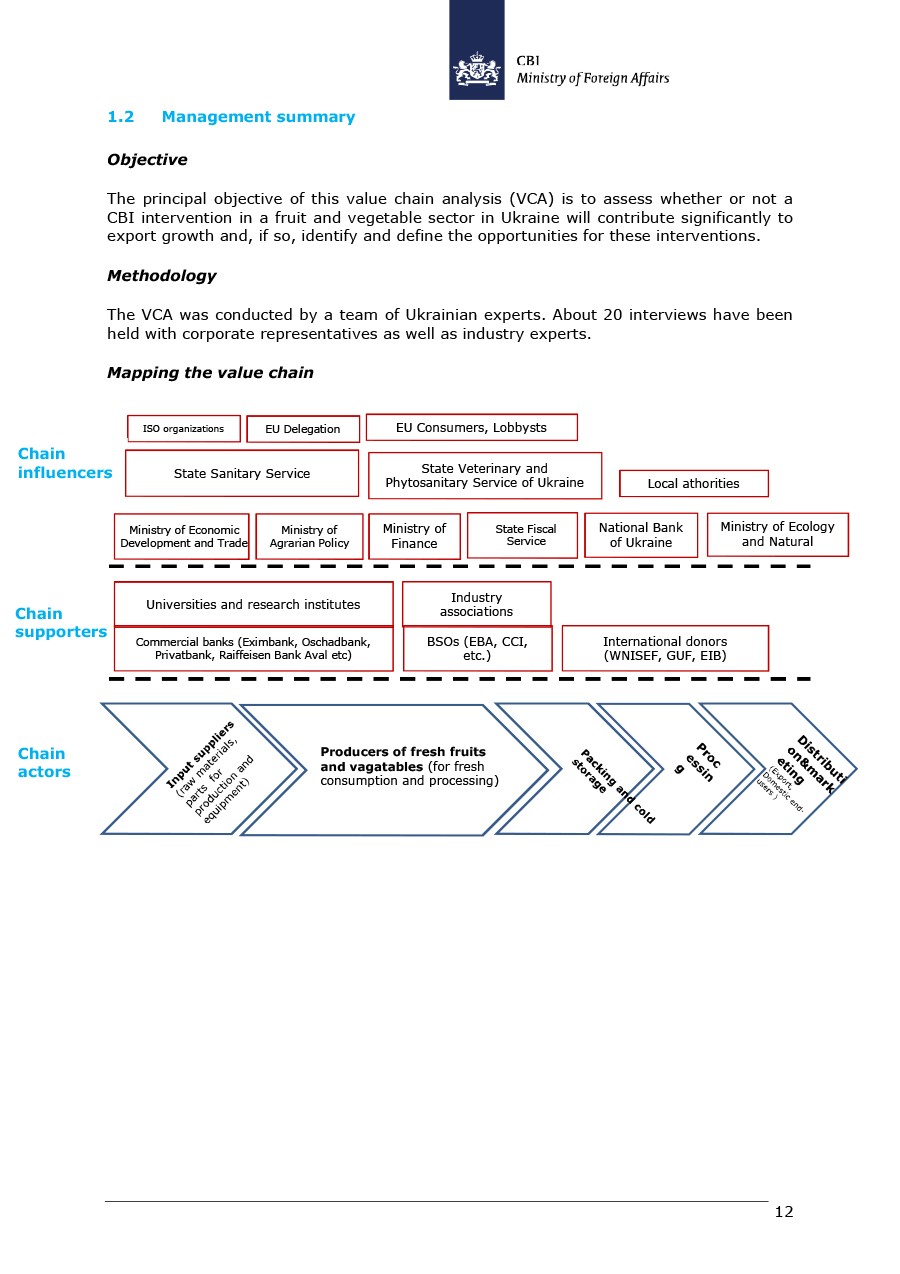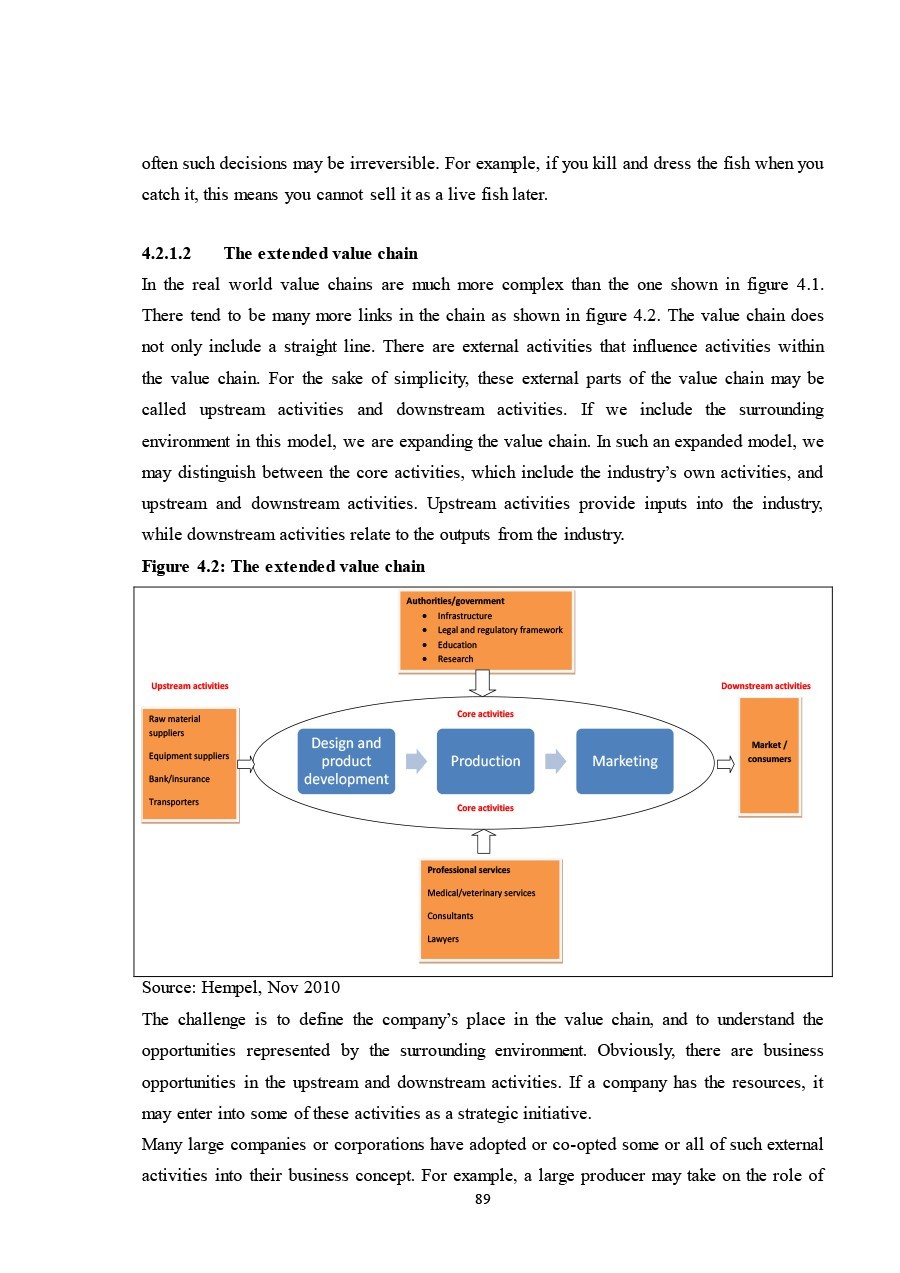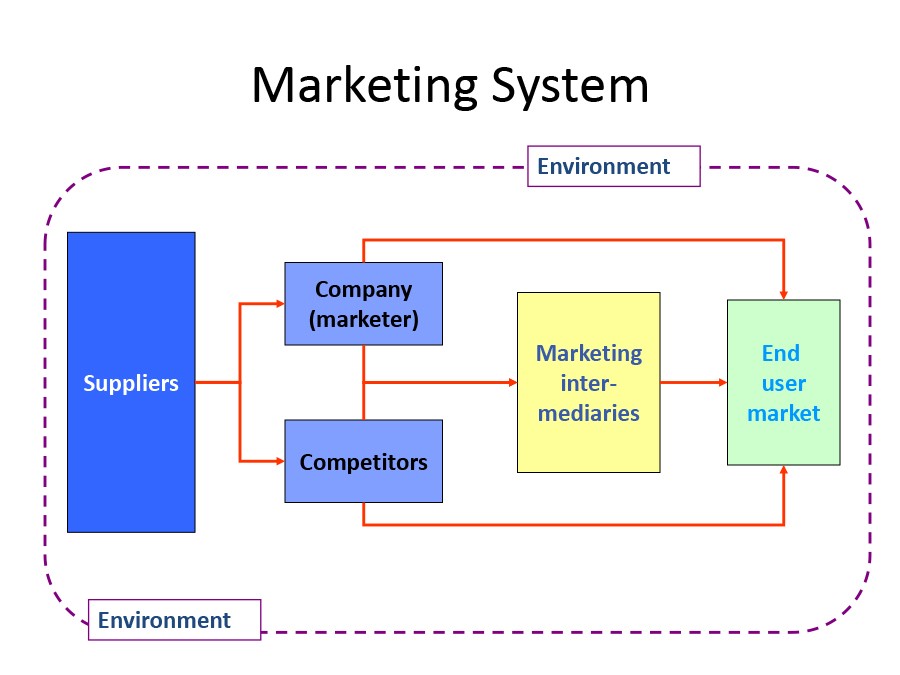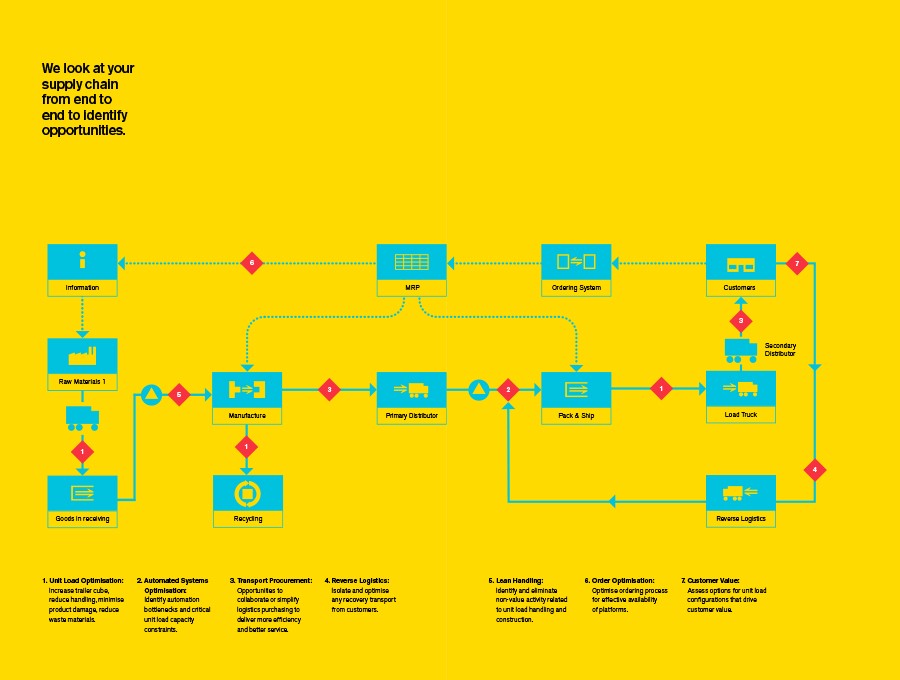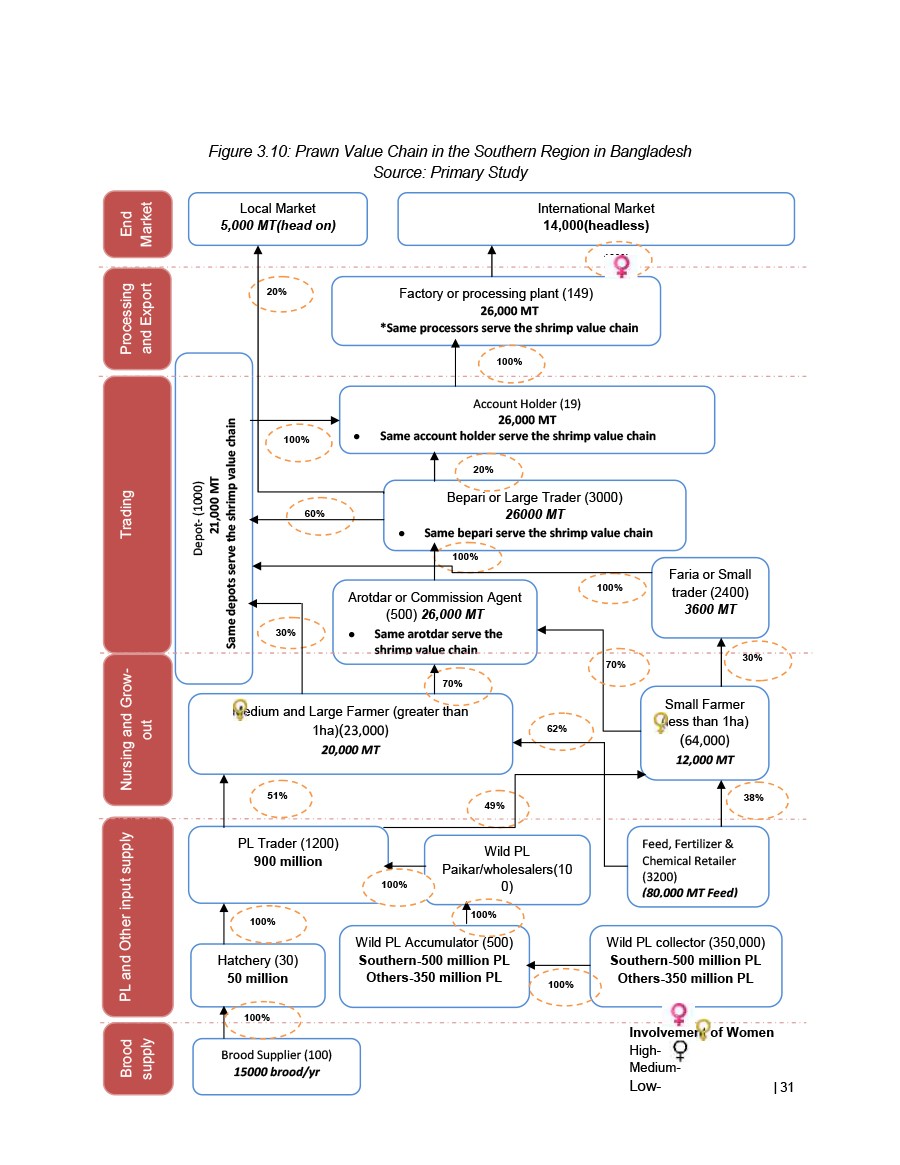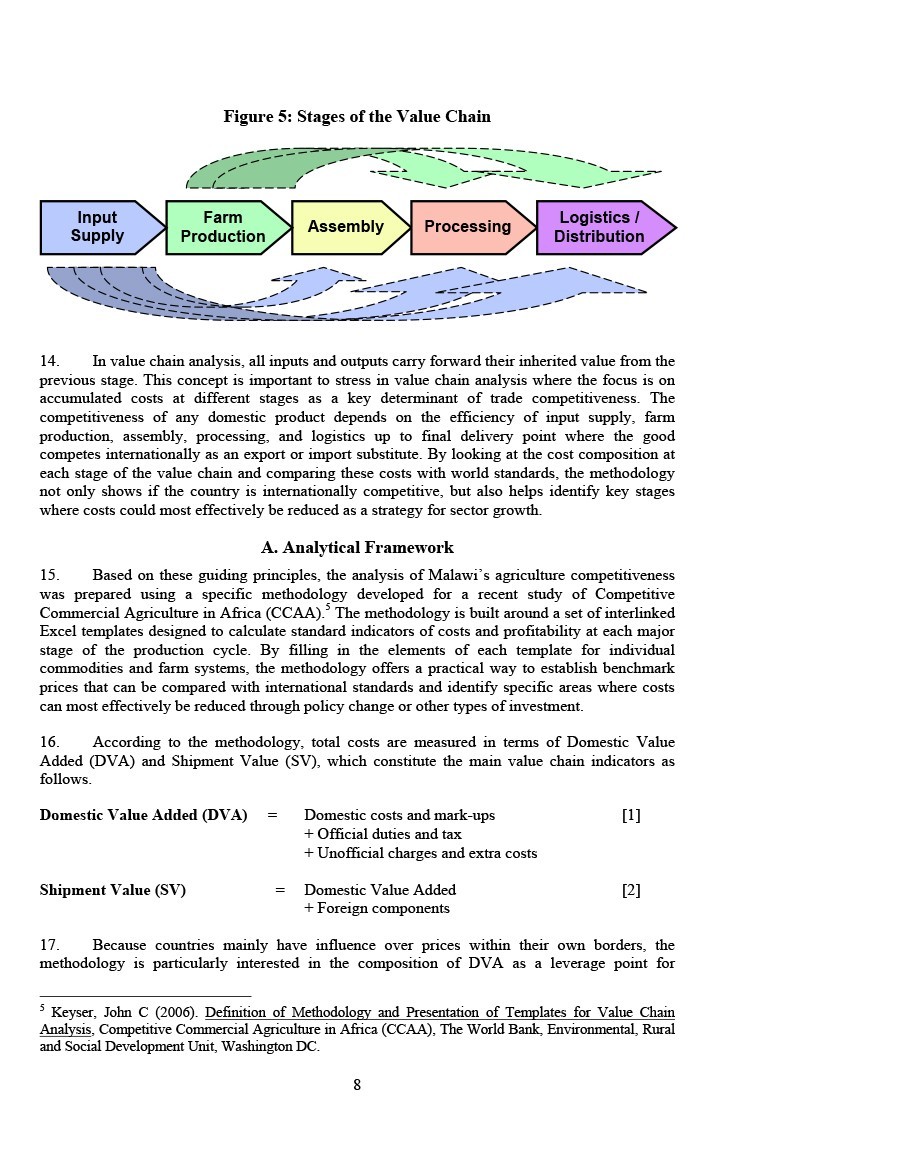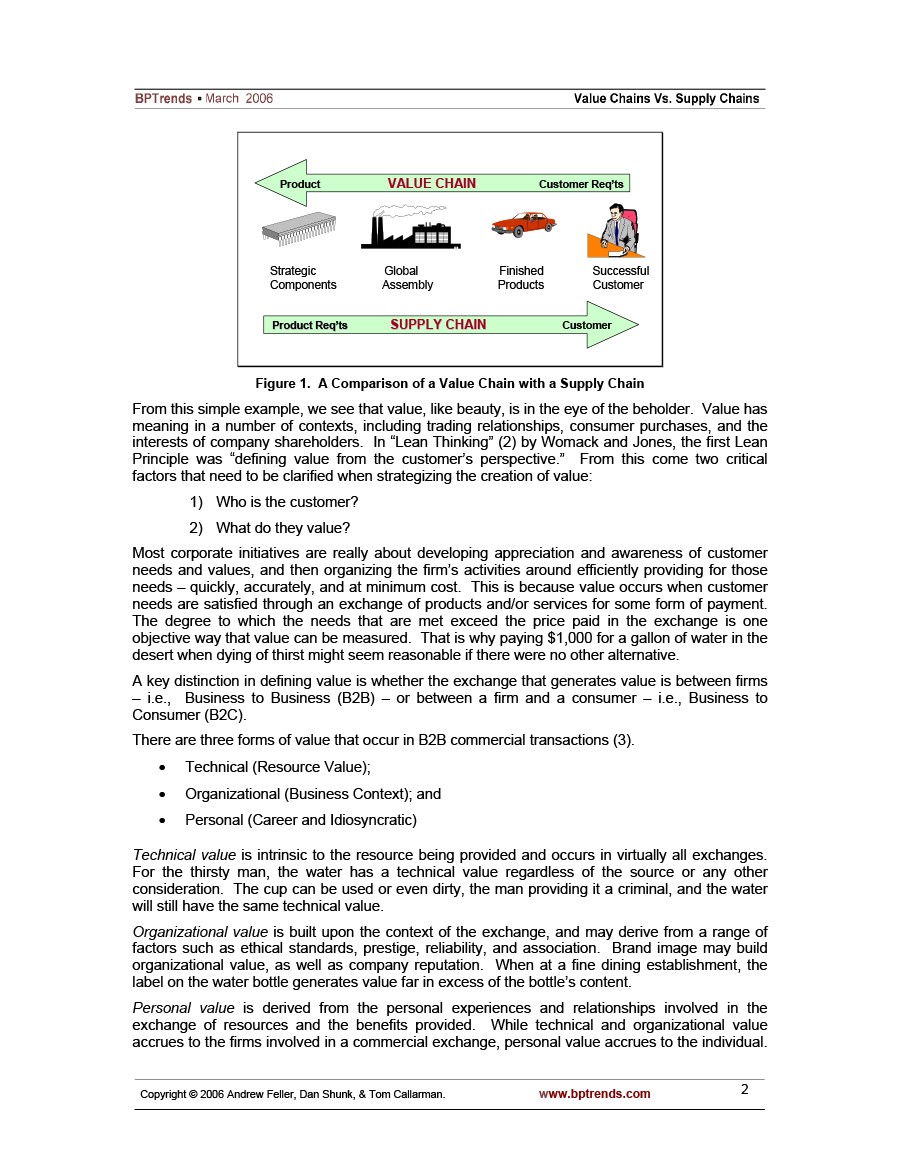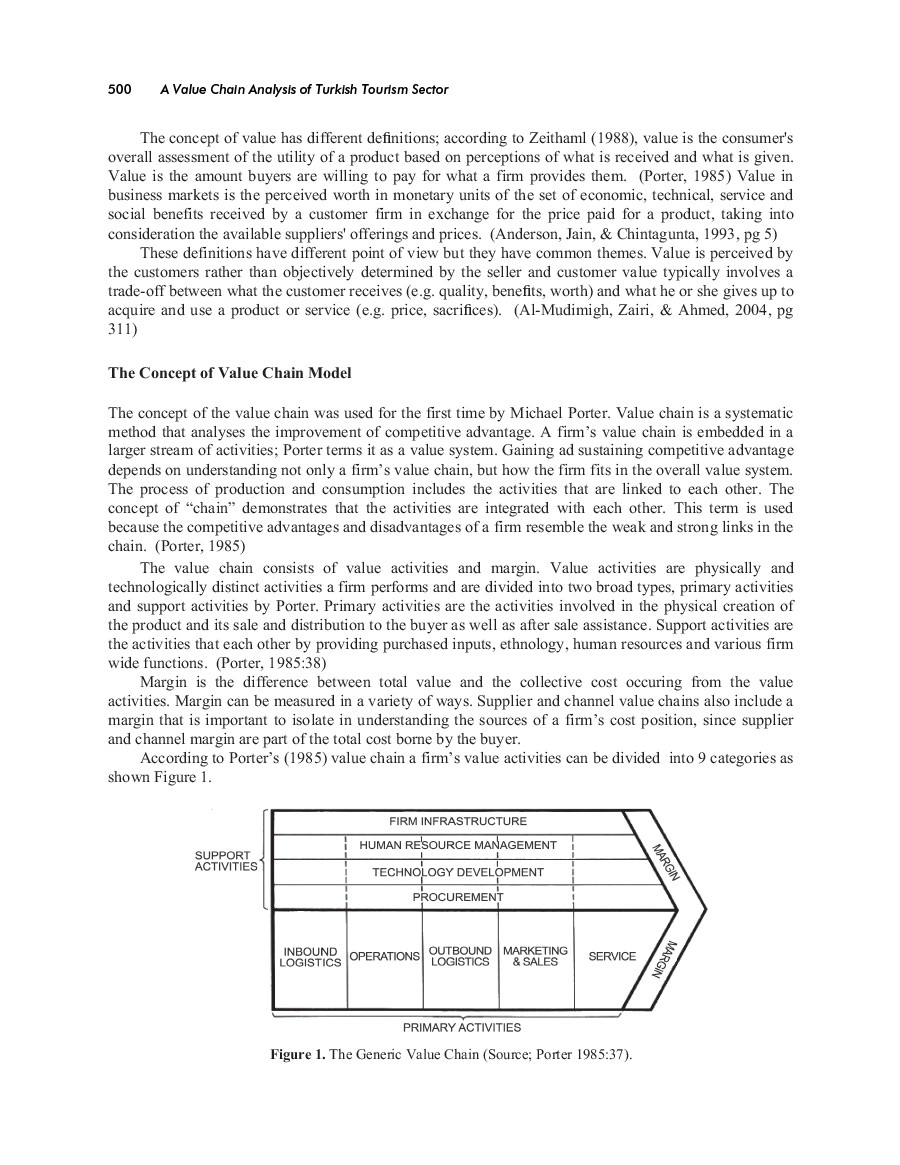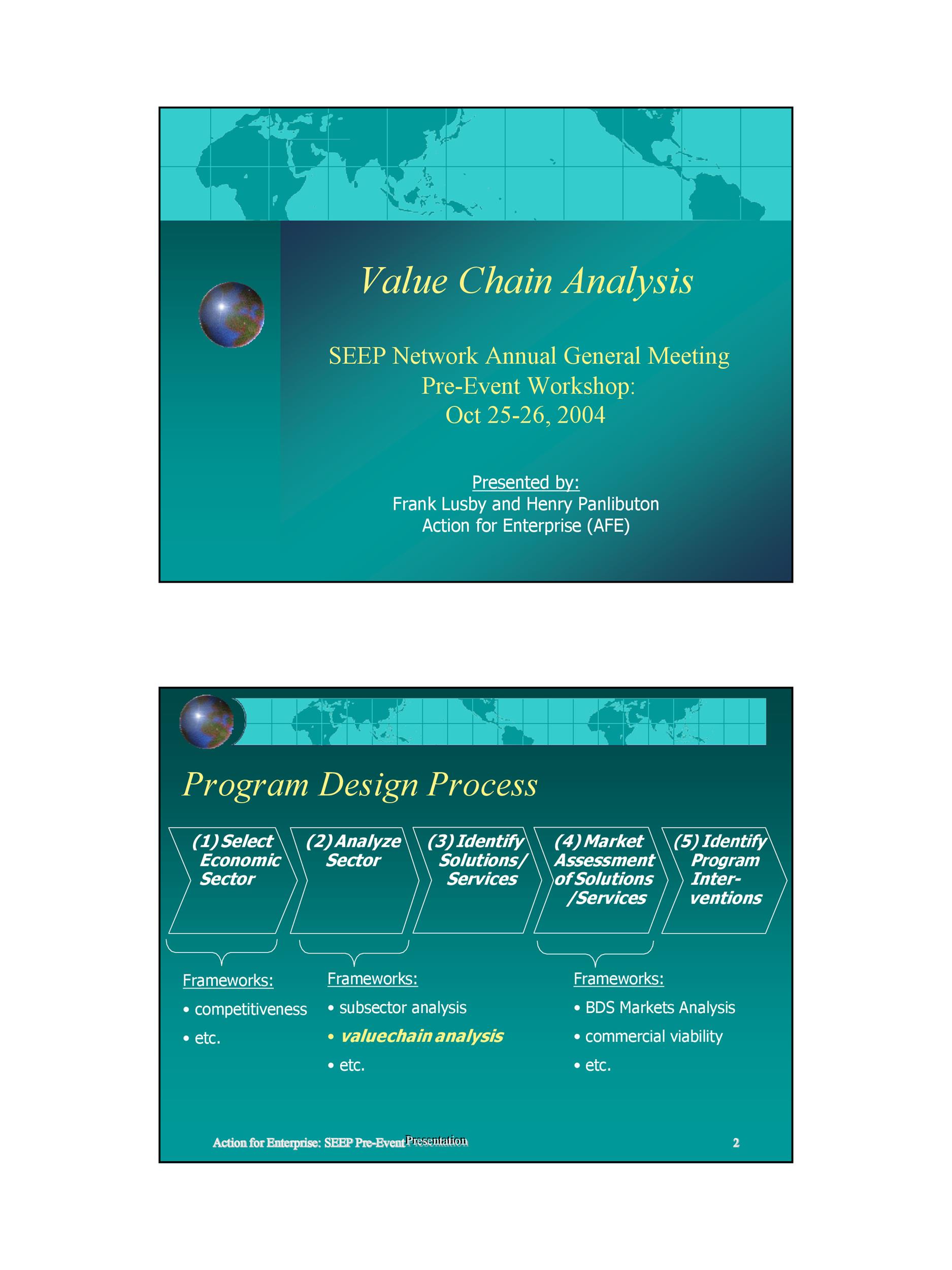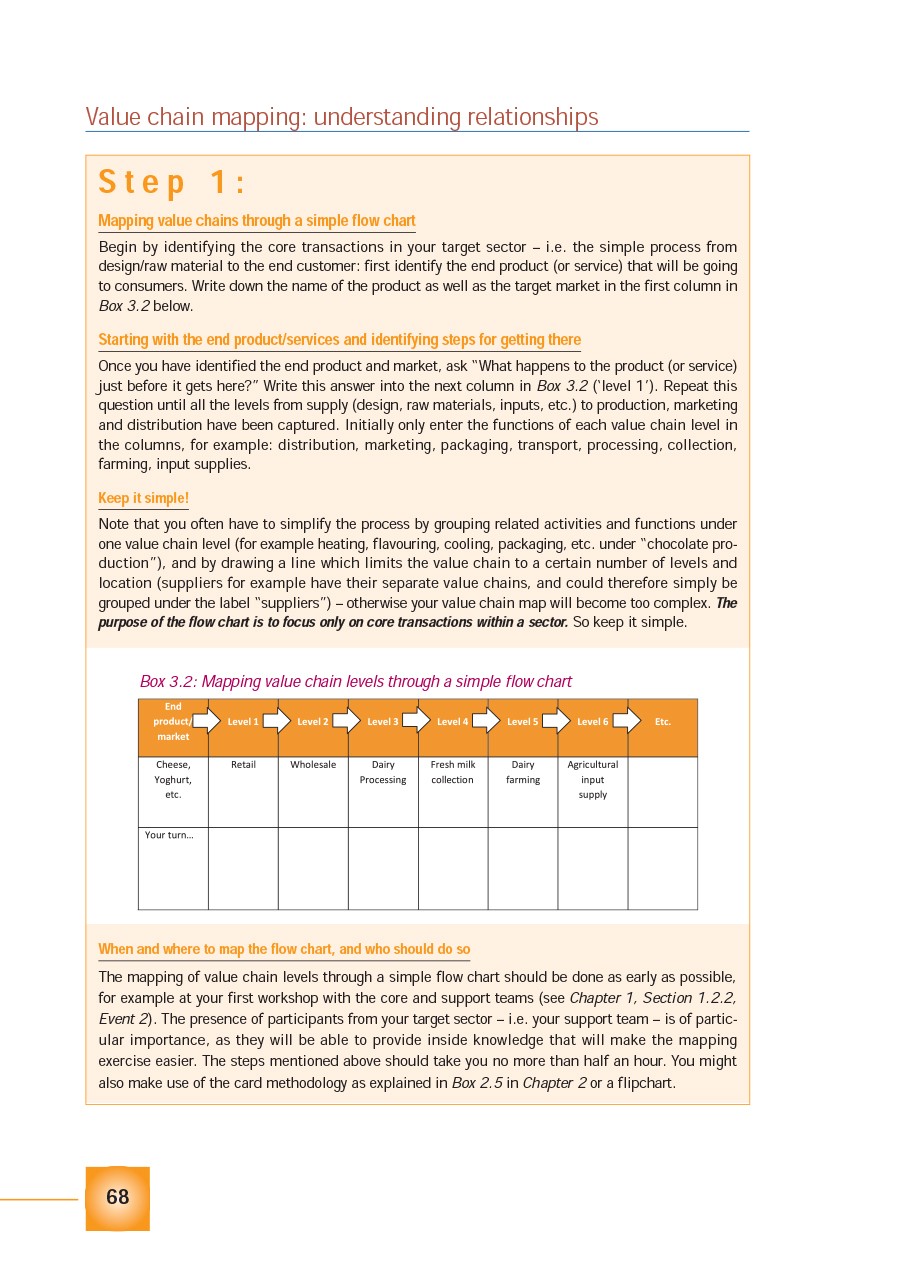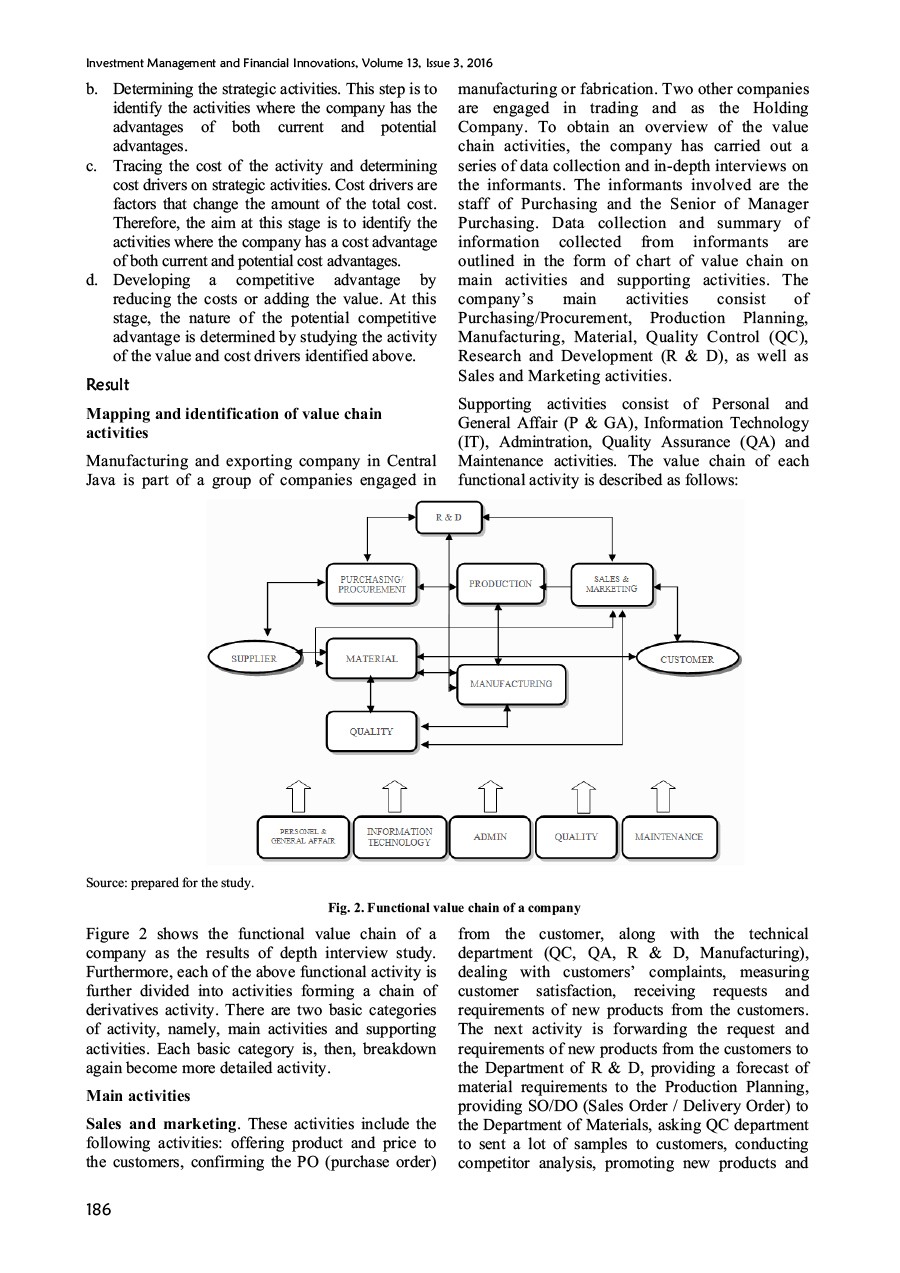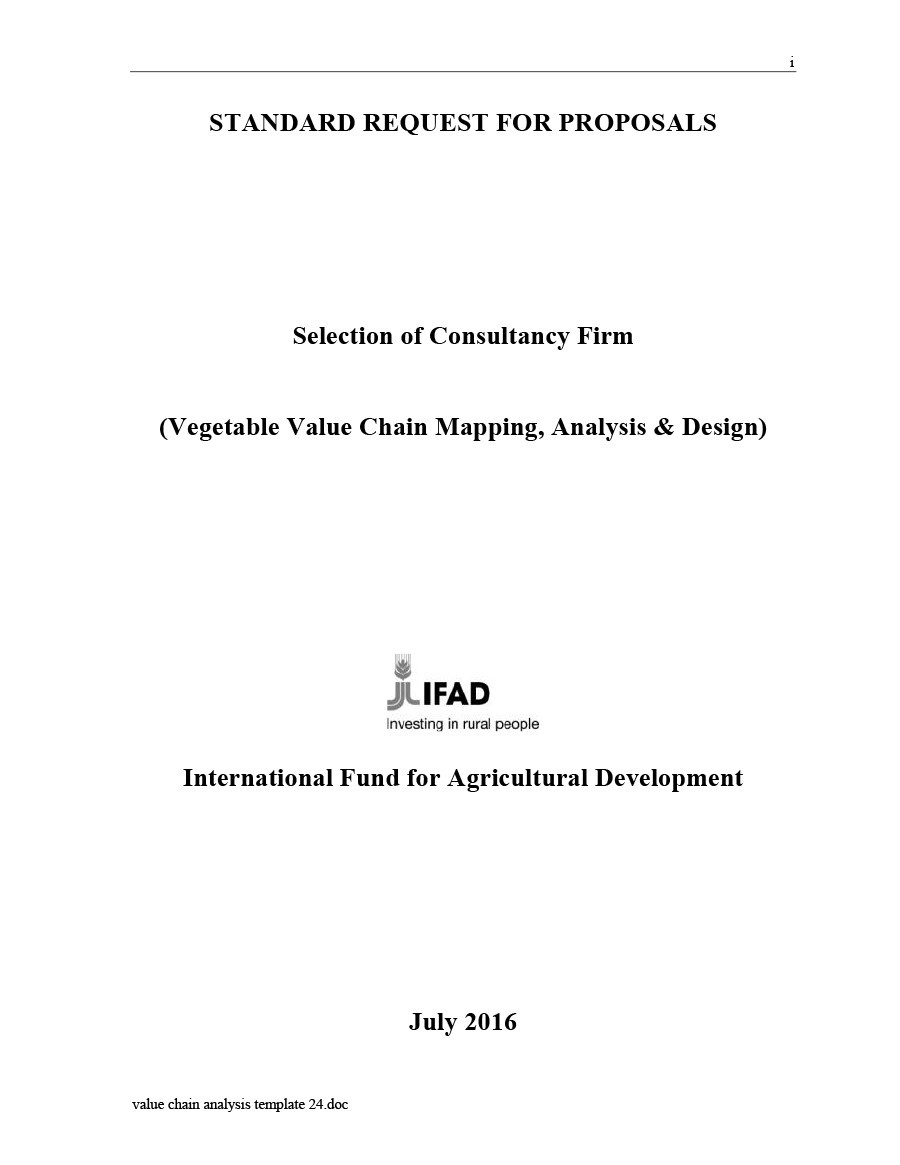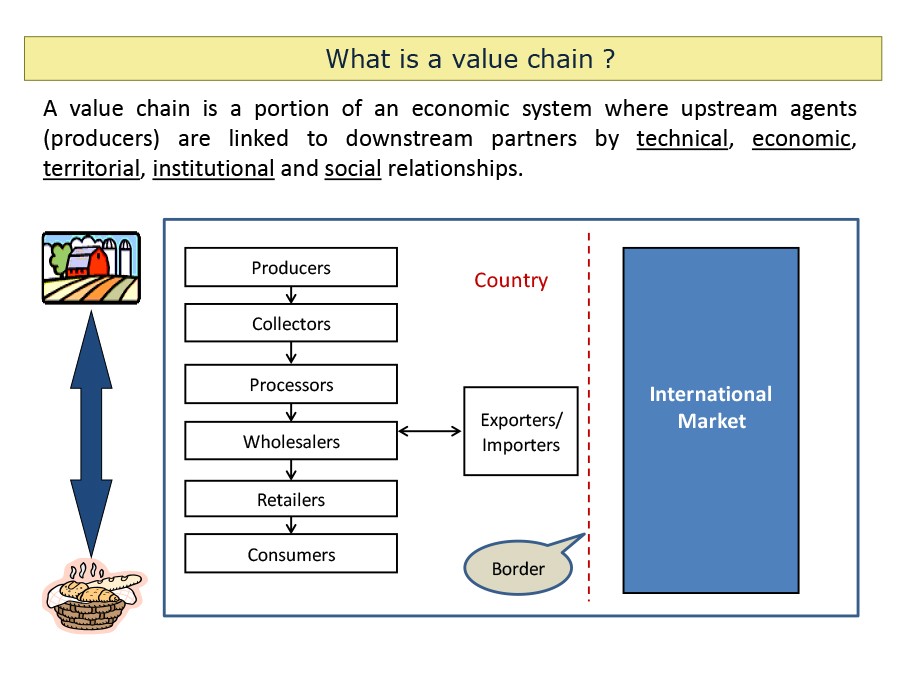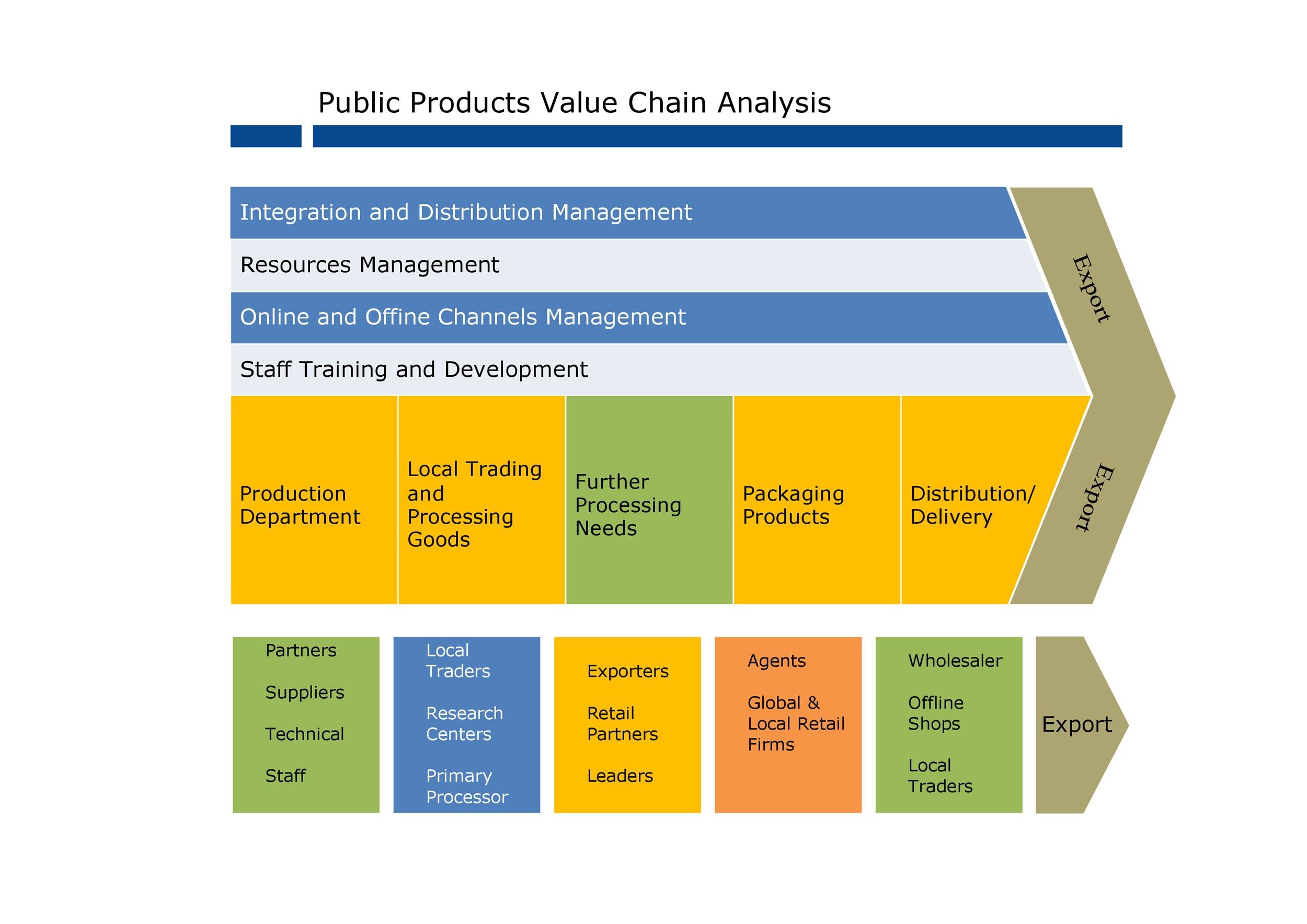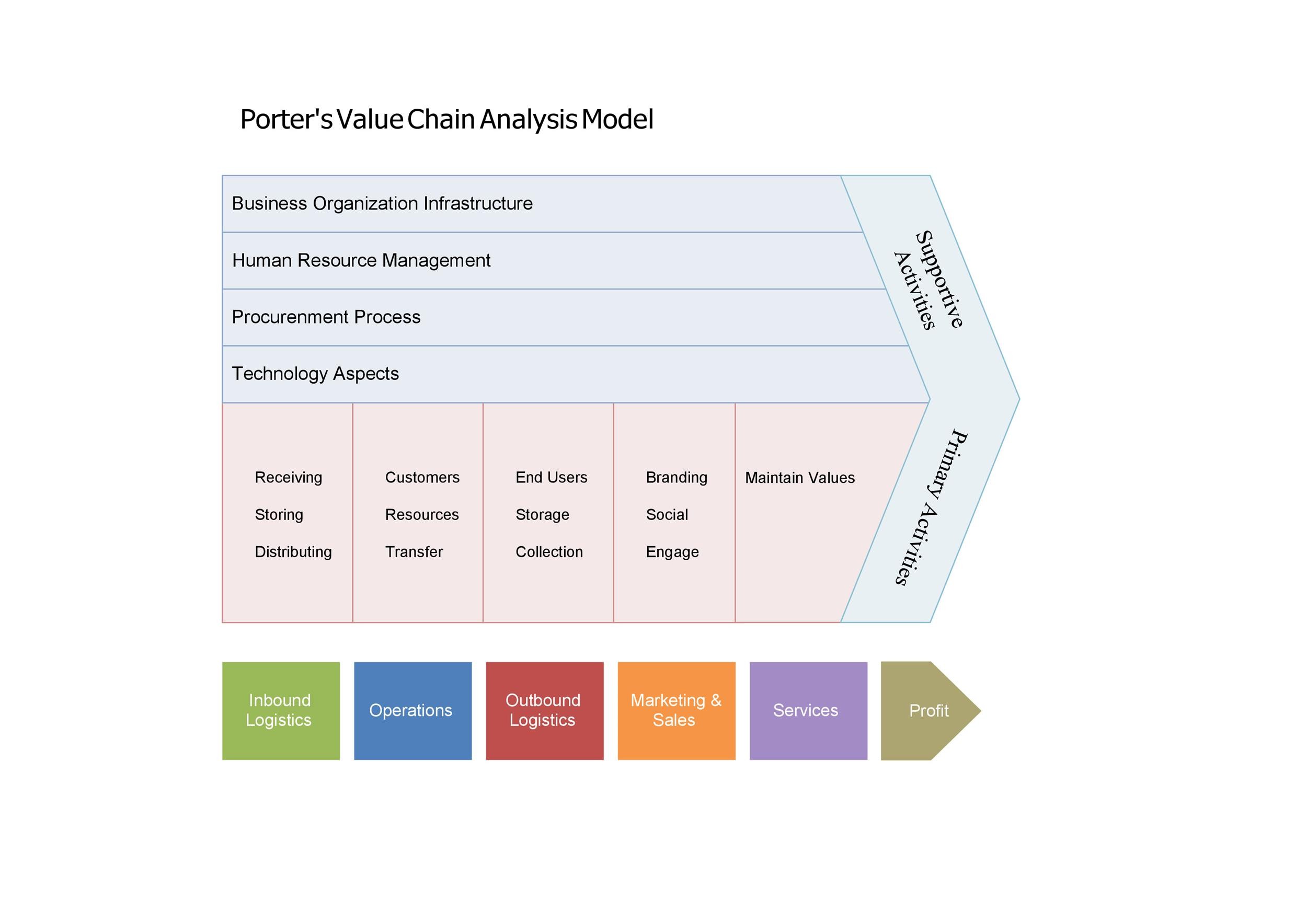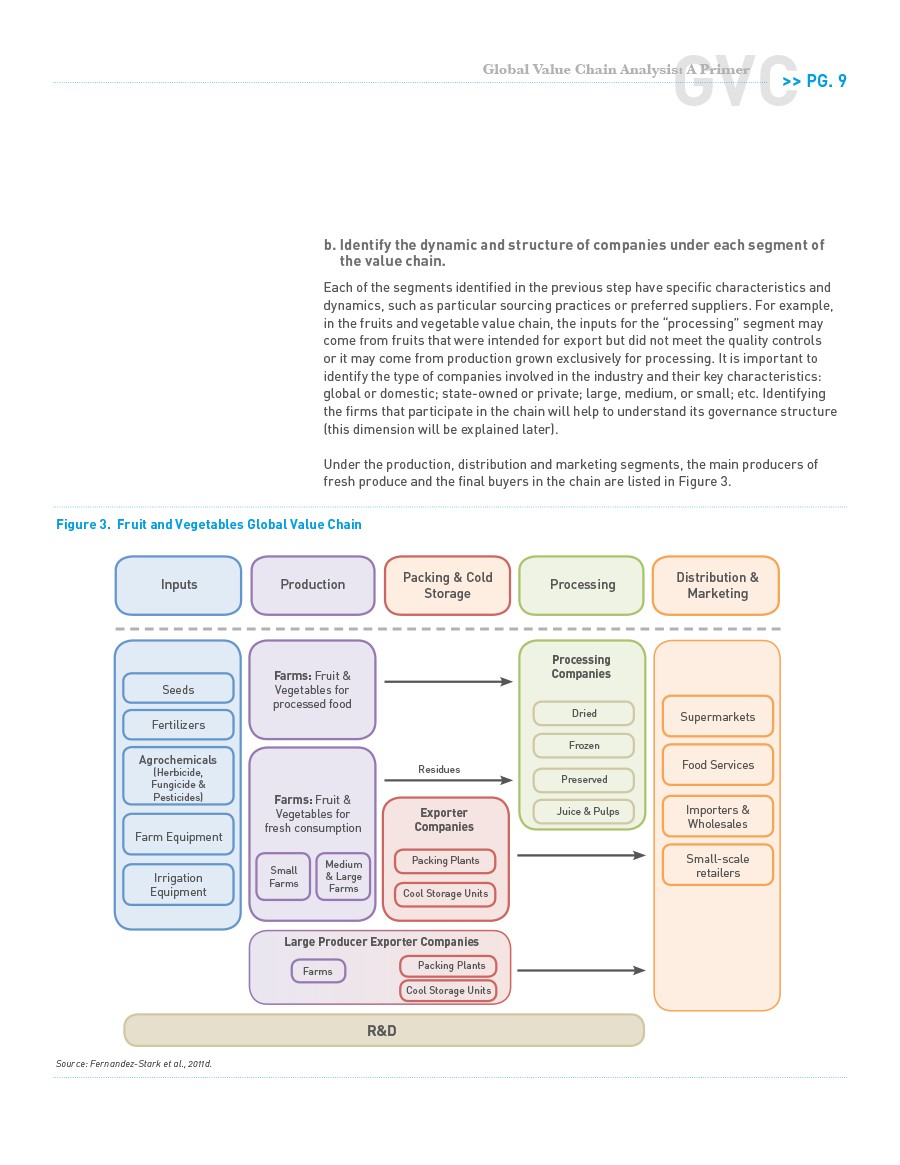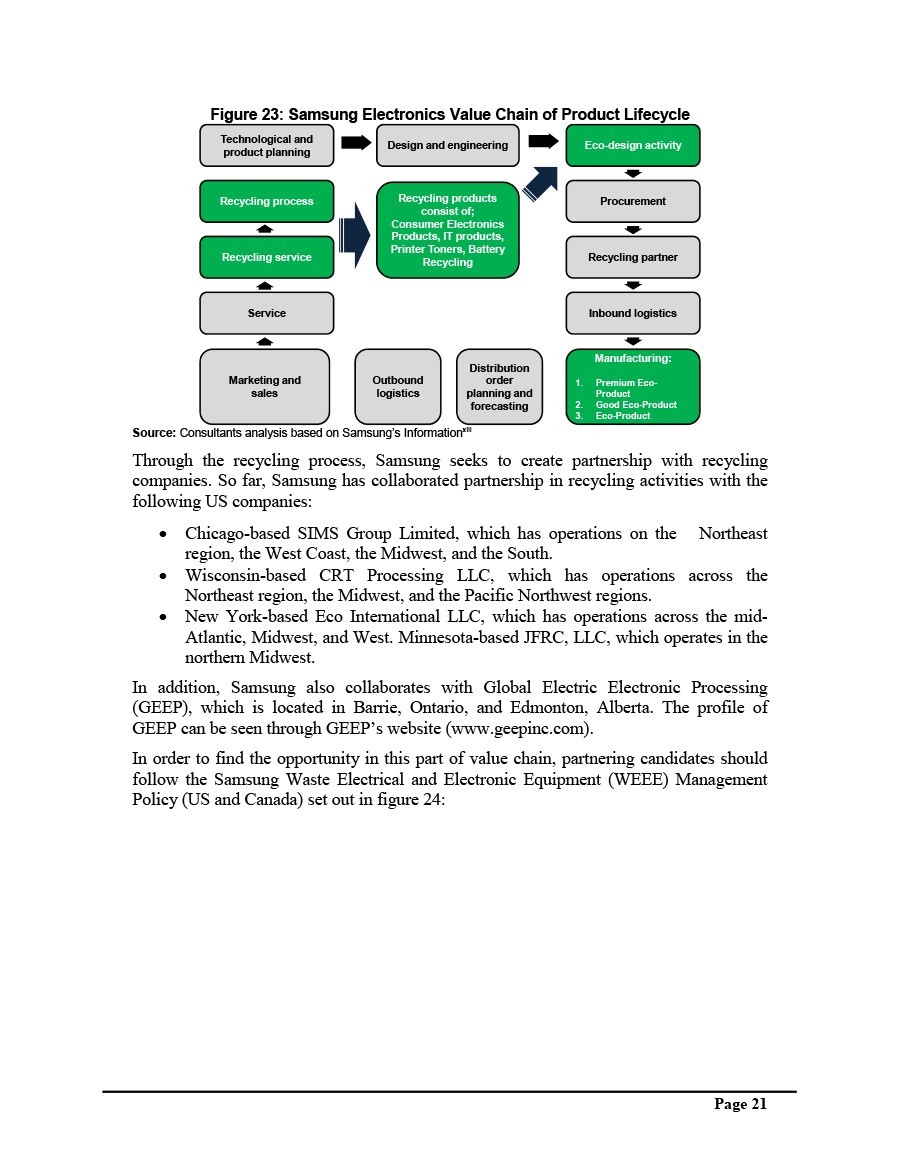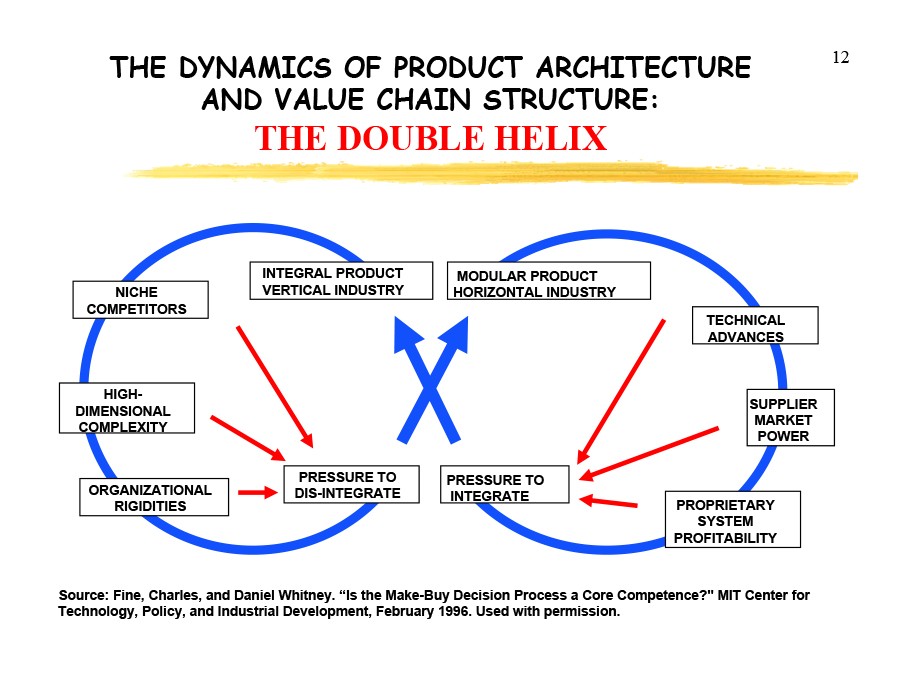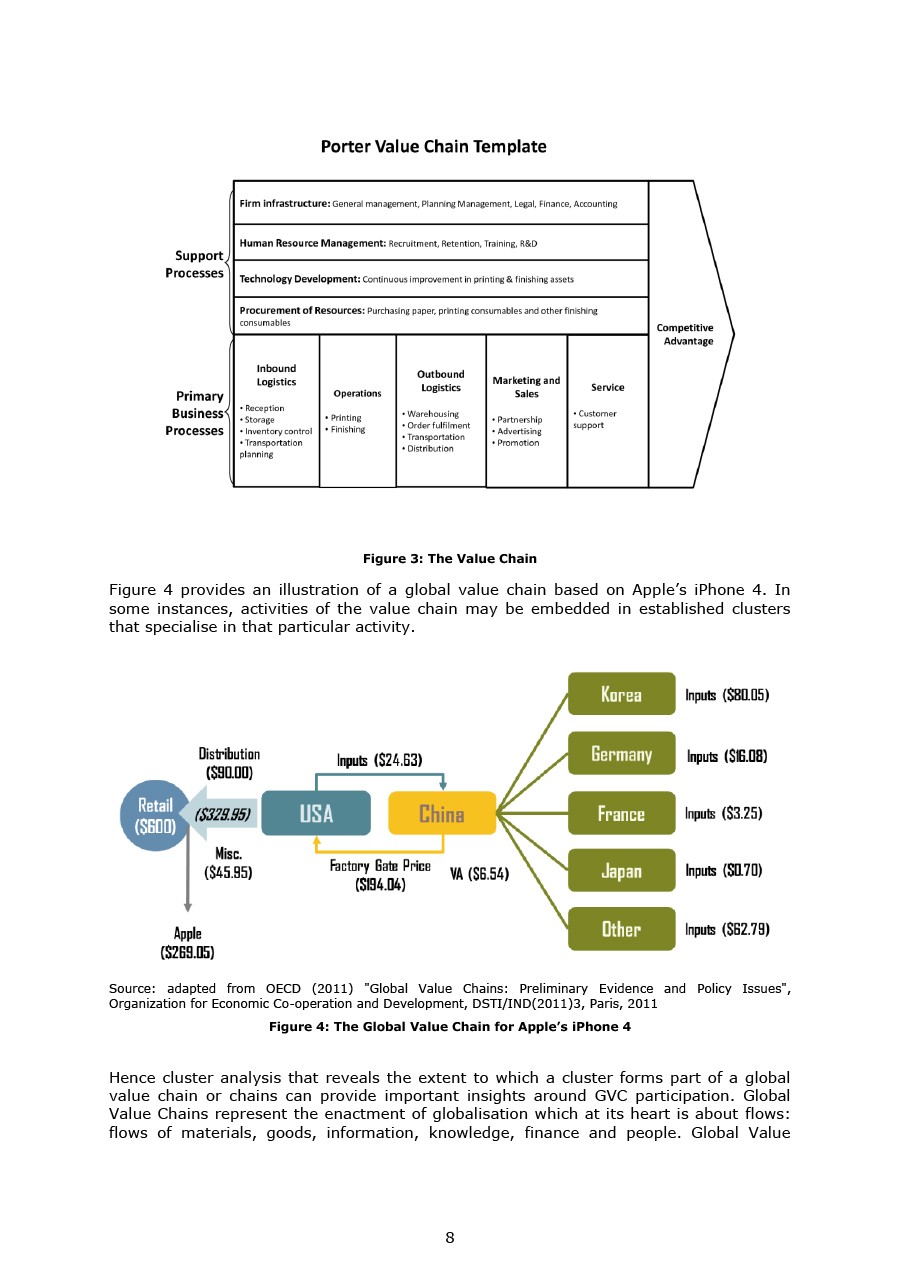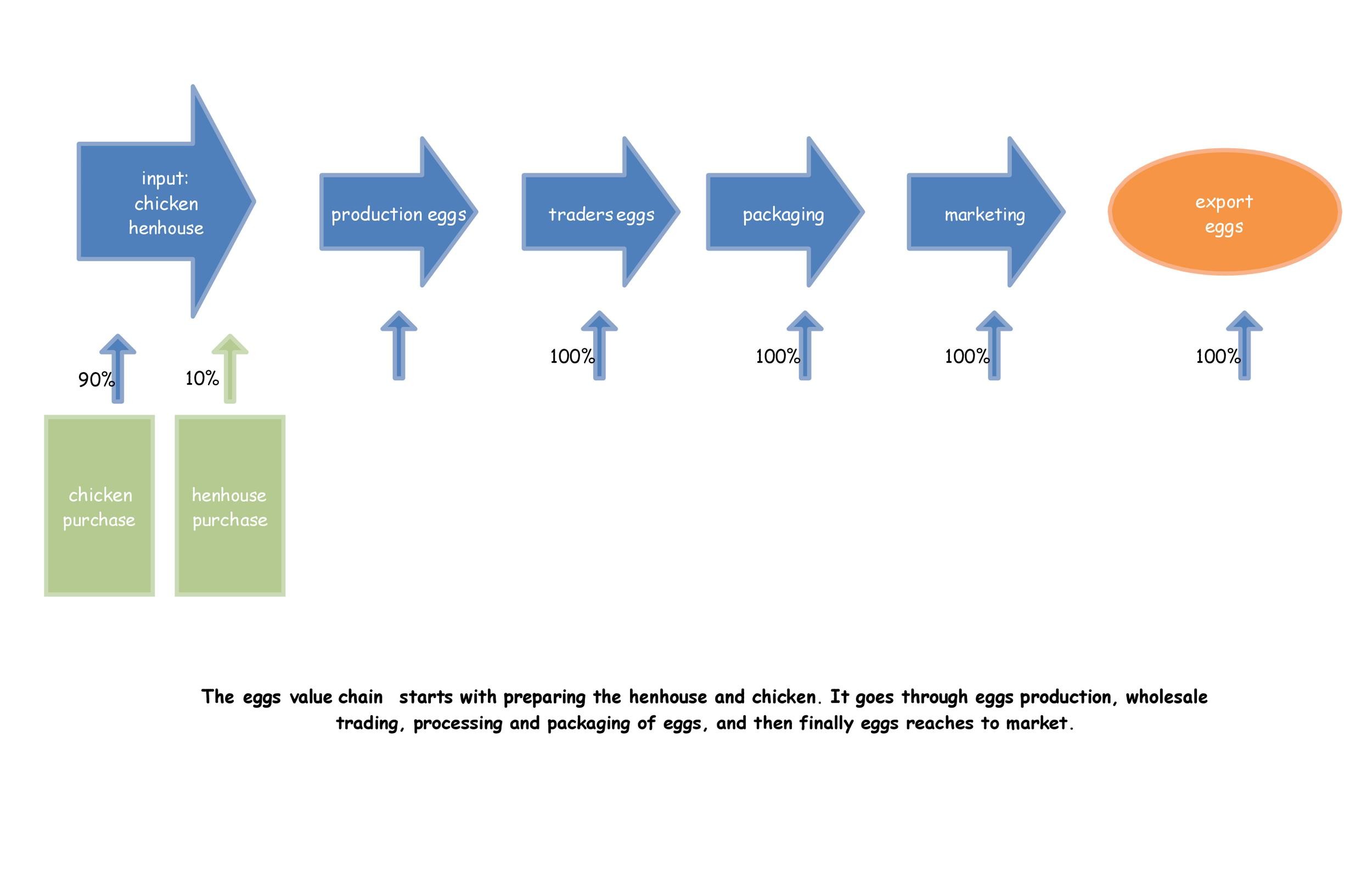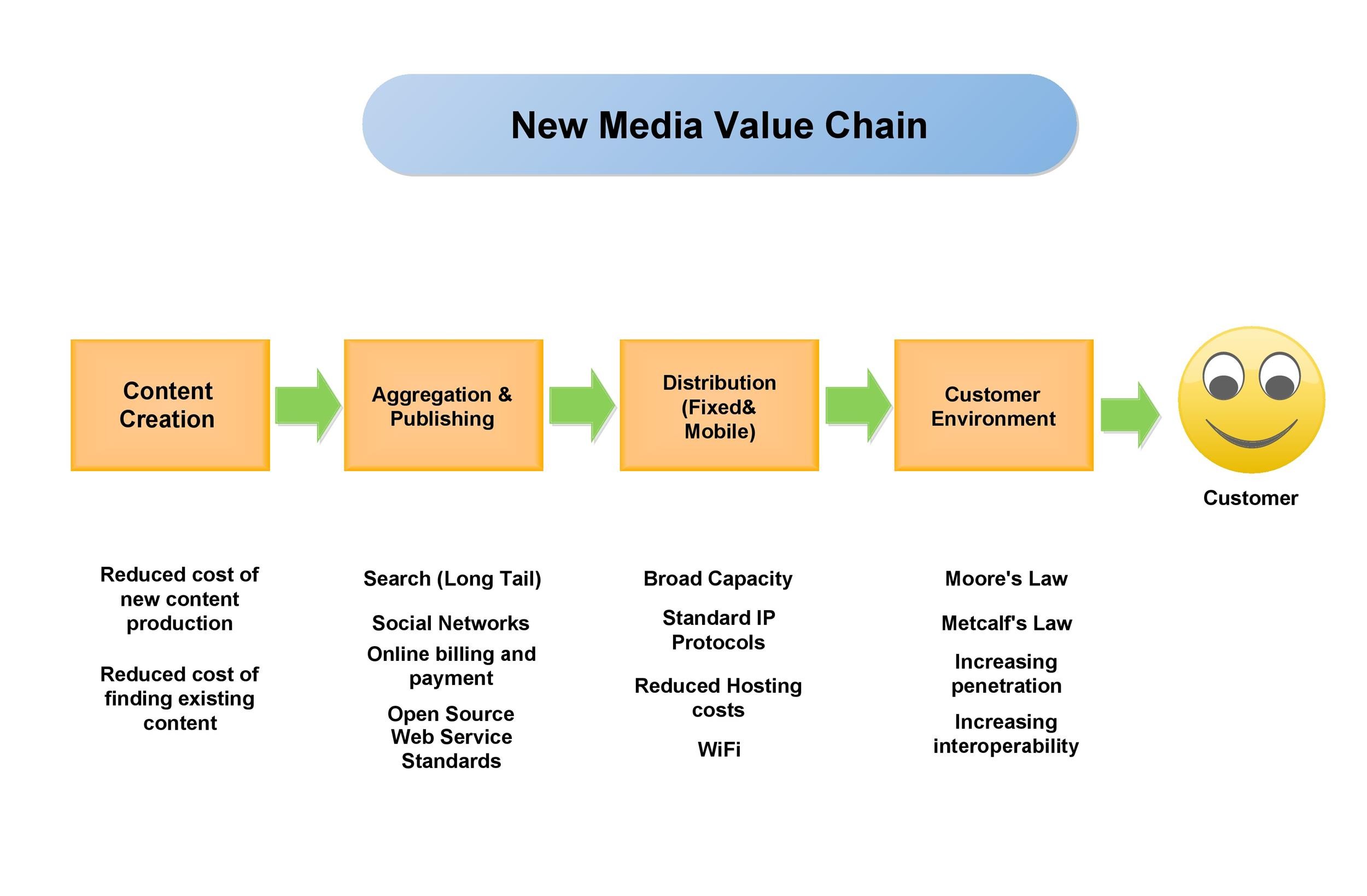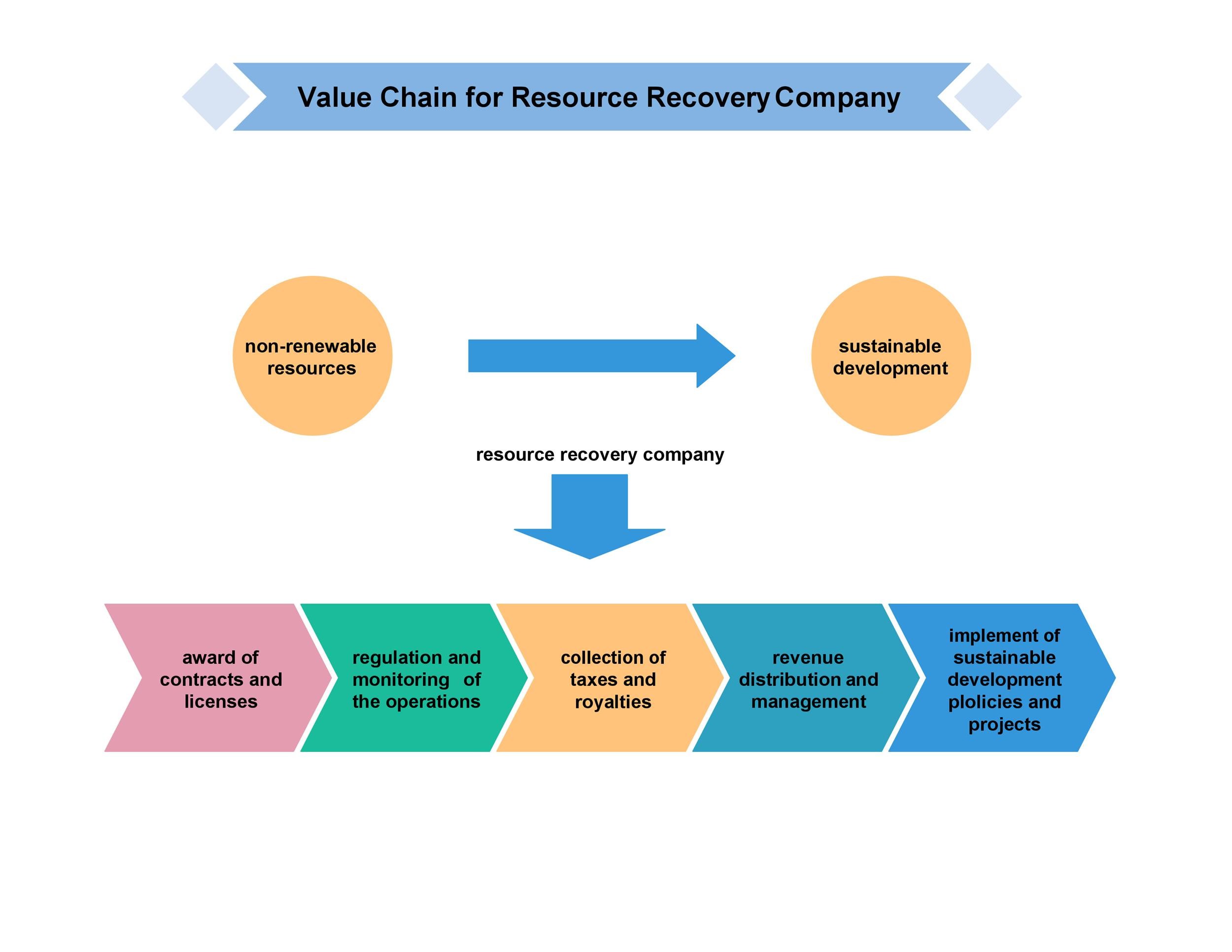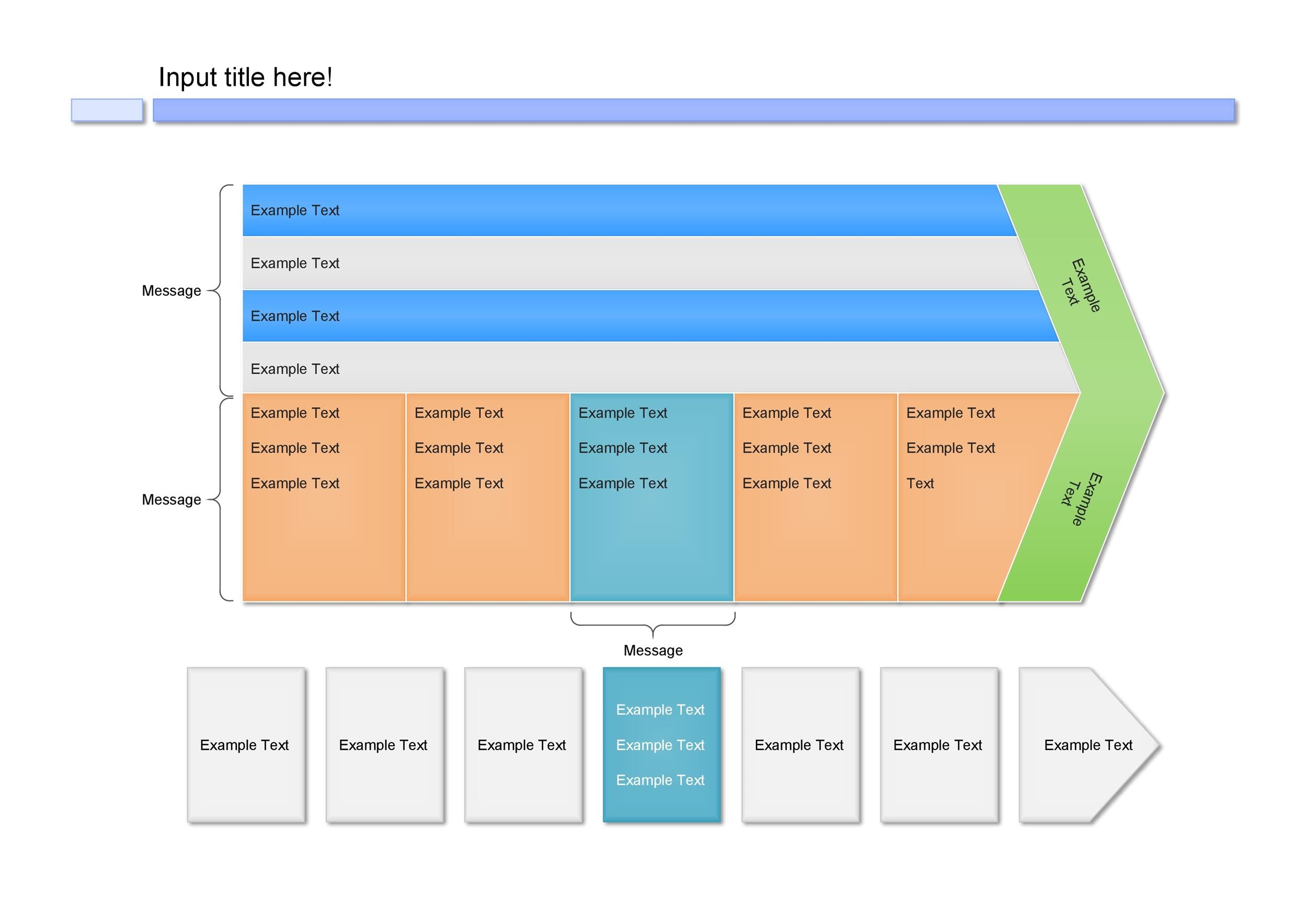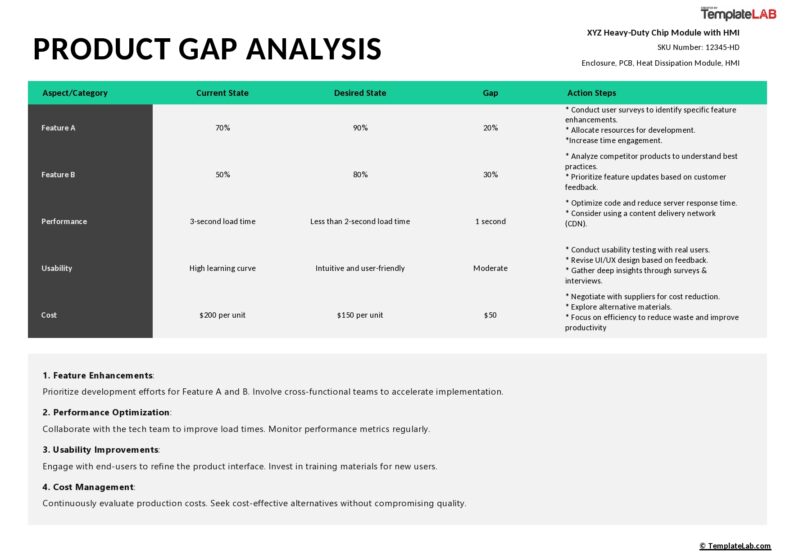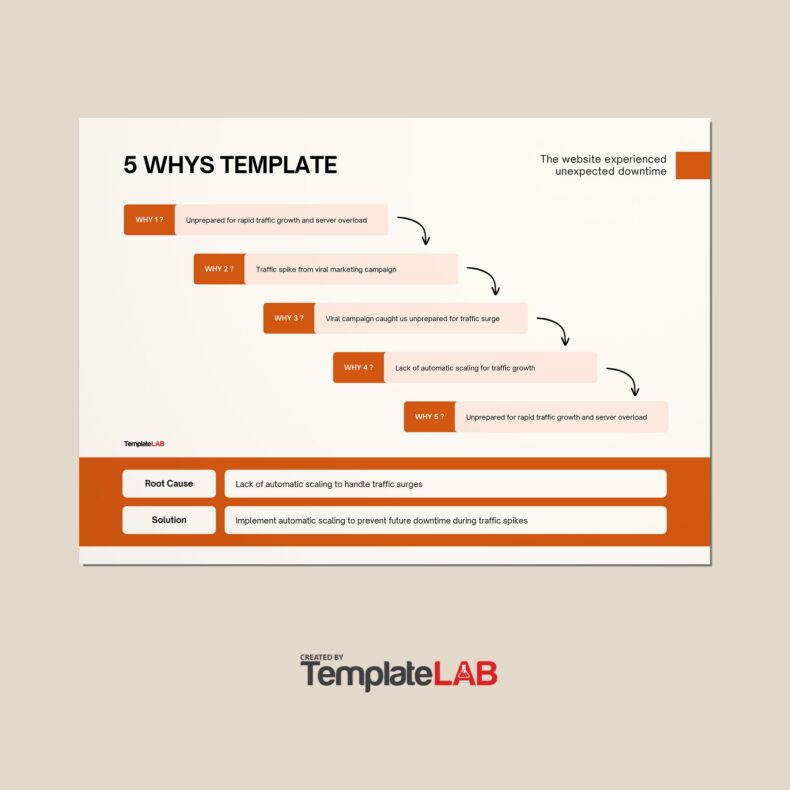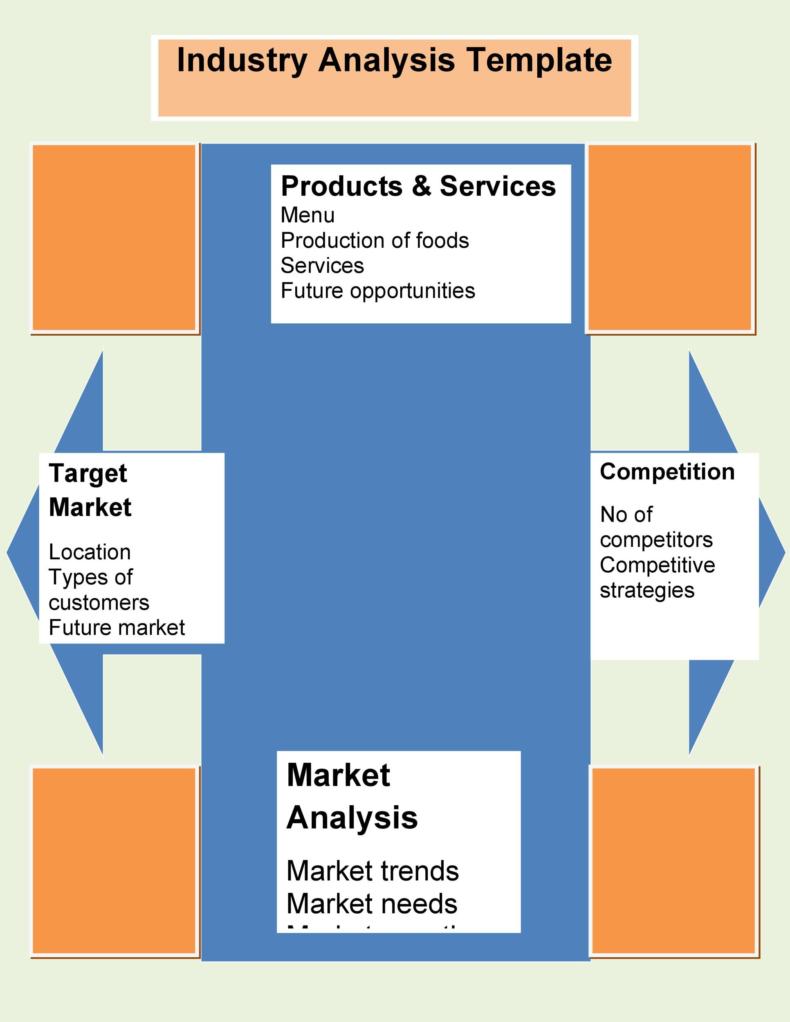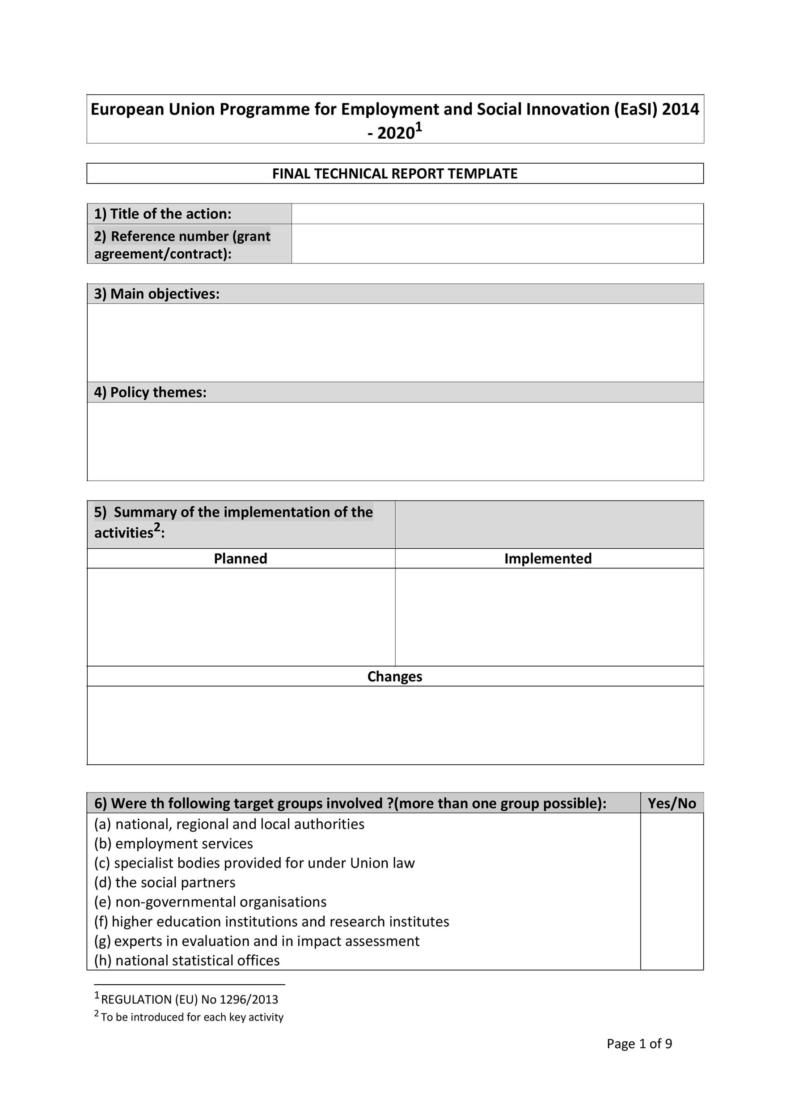It’s always wise for company owners as well as their staff to know about business activities needed to create their product from beginning to end. Typically, this would include design, production, distribution, and so on. To understand the process better, they should regularly perform value chain analysis as this will help them visualize these activities. Part of this process involves creating a value chain analysis template.
Table of Contents
- 1 Value Chain Analysis Templates
- 2 What is a value chain analysis?
- 3 Value Chain Analysis Examples
- 4 Benefits of performing a value chain analysis
- 5 Steps to take in a value chain analysis
- 6 Analyze the value and cost of the activities
- 7 Identify opportunities to gain a competitive advantage
- 8 Examples of value chain analysis templates
Value Chain Analysis Templates
What is a value chain analysis?
Value chain analysis is a study on the activities performed in creating a product. After you’ve analyzed these activities, you can record the results of the study in a value chain analysis template.
Then you may use the value chain analysis example to evaluate methods to improve the product so it can have an advantage when competing for the target market. Having a company value chain analysis sets your product apart from the rest of the competition. Before you can develop this clear advantage, you need to know the following:
- A clear concept of your ideal target market
- The benefits your product offers to your target market
- A solid knowledge of your competition and what they also offer
As you create your value chain diagram, you’ll realize that any business can have a competitive edge in these areas:
- Cost leadership
One of the goals of this plan is to be the provider offering the lowest cost in the market or industry.
Business establishments who have good records in their low-cost strategy usually mean their plan operates with extreme efficiency. They use low-cost resources and materials that contribute to the low-cost of their service or product. - Differentiation
What makes your product different is another factor in your competitive advantage. But making your service or product unique and highly-specialized needs dedicated resources and time spent towards research, development, and innovation.
If you come up with a successful strategy for differentiation, your business can set a better price for your service or product.
It’s recommended to choose just one competitive advantage where you can concentrate your efforts on. Whichever competitive advantage you select, the objective of your company value chain analysis is either to reduce your product cost or to differentiate your product to improve the margins.
When you already have a clearer idea of what to strive for, you can focus on how to plan in terms of providing value. Having these goals also narrows the range of changes which you need to improve efficiency.
Value Chain Analysis Examples
Benefits of performing a value chain analysis
To understand fully the association of costs and areas of differentiation, you need to break your product or services activities down into smaller parts. In doing so, you can discern the advantages you can potentially gain when using a value chain analysis template.
Another benefit from creating your own value chain analysis example is that it provides you with insight into those factors which offer greater value to end users. Some of these resulting activities may include:
- Negotiations with suppliers regarding the costs of raw materials
- Focusing on the experiences of end users improved by new customer service or communications experiences.
- Pointing out the activities which are more efficiently served through outsourcing
Many companies today opt to design their own products or services but they make use of an outsourced provider to either manufacture or build the product. If you decide to outsource, consider the following:
- If the end-user has any concerns with the company which you plan to outsource a specific activity.
- Whether choosing to outsource can affect the delivery time
- The cost associated with outsourcing
Aside from dealing with negotiations, coming up with better user experience, and searching for outsourcing opportunities, your value chain analysis template may also contain recommendations on the need for more expensive or greater resources to increase your product’s value, encourage loyalty or generate differentiation from the competition.
The main downside of creating a value chain diagram through analysis is that it involves a lot of work. Those tasked to do the job encounter difficulties in many areas including the gathering of data, identifying functions or tasks which might add real or perceived value, and creating then applying the plan.
Furthermore, it’s often difficult to find the right information that you can use to breakdown your value chain into its primary and supporting activities.
Steps to take in a value chain analysis
Making a value chain analysis template requires a lot of research and a lot of time to develop. Here are the basic steps to consider when making a company value chain analysis:
Determine the primary and support activities of your business
These elements make up the value chain analysis and each includes the required actions to take when developing a product or service starting from the raw material to the finished product. Identify the primary and secondary activities are the most important systems and processes that your business uses in the development of your service or product.
- Primary Activities
There is a number of primary activities involved in the development of a business offering including:
Outbound Logistics: This describes how you acquire resources and materials from the suppliers before developing the final service or product.
Operations: This refers to how you plan to use the resources and materials to produce the final service or product.
Outbound Logistics: This refers to the distribution of a service or product once it’s finished. In simpler terms, this refers to the delivery process.
Marketing and Sales: This refers to how you present your service or product when you sell it to your target market.
Services: After selling your product, the business provides the customer with support or training for it. This includes guarantees and warranties. - Support Activities
These assist the primary activities in the creation of an advantage over the competition and includes:
Firm Infrastructure: This refers to all the existing financial, legal, and management systems of your business for making decisions and managing resources effectively.
Human Resource Management: This includes all the systems and processes responsible for the management of employees and the hiring of new employees. This is very important, especially for businesses which offer in-person service. Having excellent and well-trained employees is a huge competitive advantage.
Technology Development: This is important as it helps businesses become more innovative. You can beneficially apply technology in different steps of the value chain to get an advantage over the competition as it may increase efficiency or decrease the production costs.
Procurement: This refers to the manner on how you find materials and resources for a certain product. The main concern here is to obtain materials of the best quality which still fit the budget of your business.
Analyze the value and cost of the activities
It’s important for the team in charge of creating the value chain analysis to find ways so that every activity can provide value to customers and the business as a whole. Compare each activity to the competitive advantage that you have set on and see if it supports your goal.
Take a look at the cost of the activities when you have completed your value chain analysis examples. Answering basic questions can help you identify which activities are cost-effective and which aren’t. This also helps you identify the areas which need some improvement.
Identify opportunities to gain a competitive advantage
After completing the value chain analysis, you can now provide the primary stockholders of the business with an overview of where the business stands, where it excels, and where you can make improvements.
With improvements, start with those that need minor changes but will provide high-impact results. After identifying these less laborious ones and you’ve acted upon them, you and your team members can now tackle the bigger challenges that might hinder efficiency.
The value chain analysis template can offer information to a business on how to adjust actions and processes to provide the most value to their target audience and eventually, increase profit margins for the company.
Examples of value chain analysis templates
Value chain analysis has become a beneficial management strategy for a lot of different industries. However, since industries have now become more cooperative, more global, and more aware, these businesses have come to have different perceptions of value chains depending on their individual needs.
Presently, many companies have created partnerships which provide opportunities for development assistance overseas by developing agri-food value chains. This initiative recommends an expanded view of collaborative value networks. Here are some examples of such:
- Food and Beverage
How has Starbucks become so successful in their campaign in cornering a great portion of the beverage market? This is all because of their unique identity coupled with a strong competitive edge. For Pizza Hut, they got an edge over their competition by providing free delivery plus less-expensive products. - Delivery Service
To increase FedEx’s brand loyalty and market share, their value chain emphasized and invested in the development of their employees through excellent infrastructure improvements and HR initiatives. - Retail
Walmart, perhaps the biggest retail store in the USA, constantly performs value chain analyses so that they can maintain costs low. Management regularly evaluates their suppliers, integrates online and in-store shopping experiences, and remains innovative to differentiate itself from the competition.

